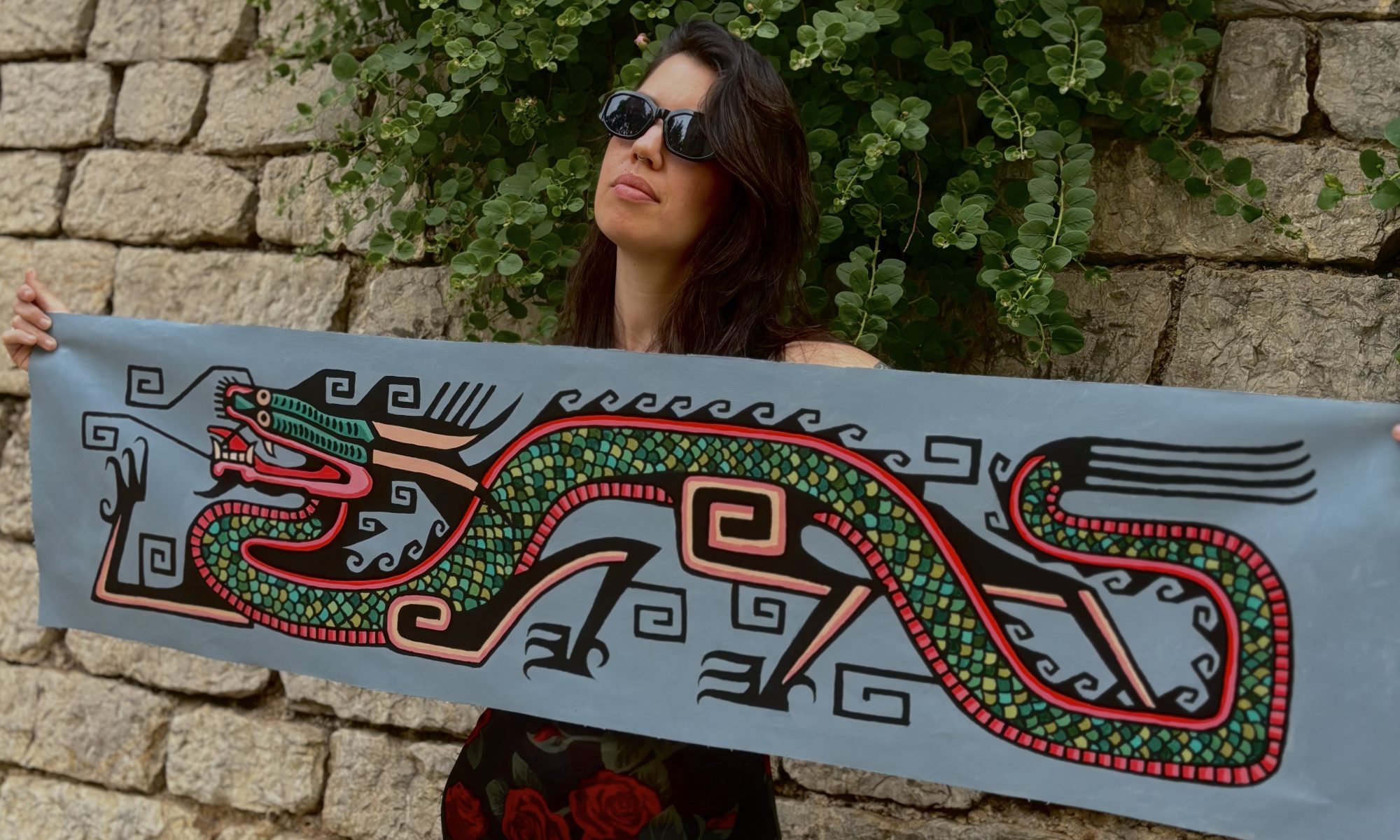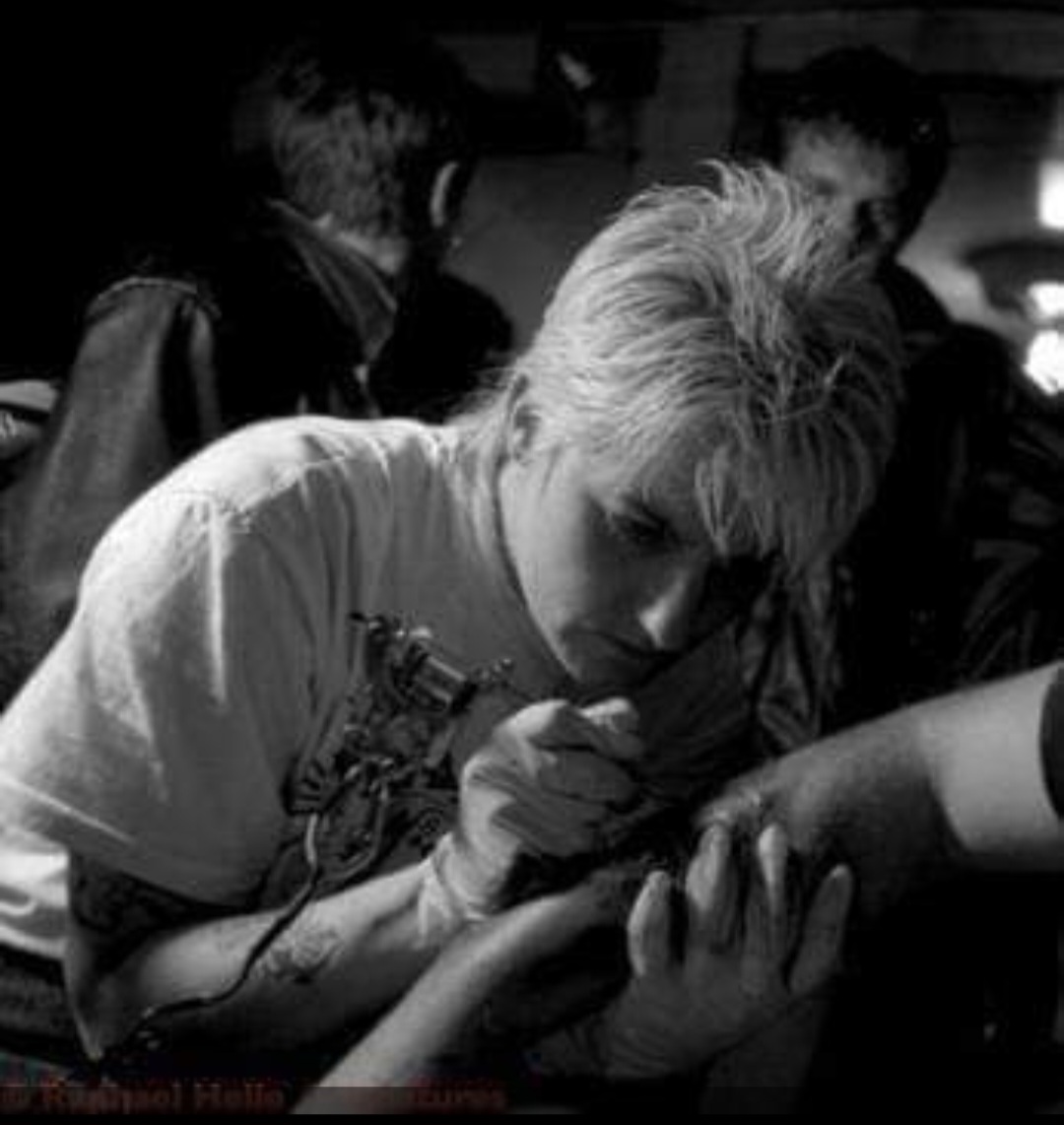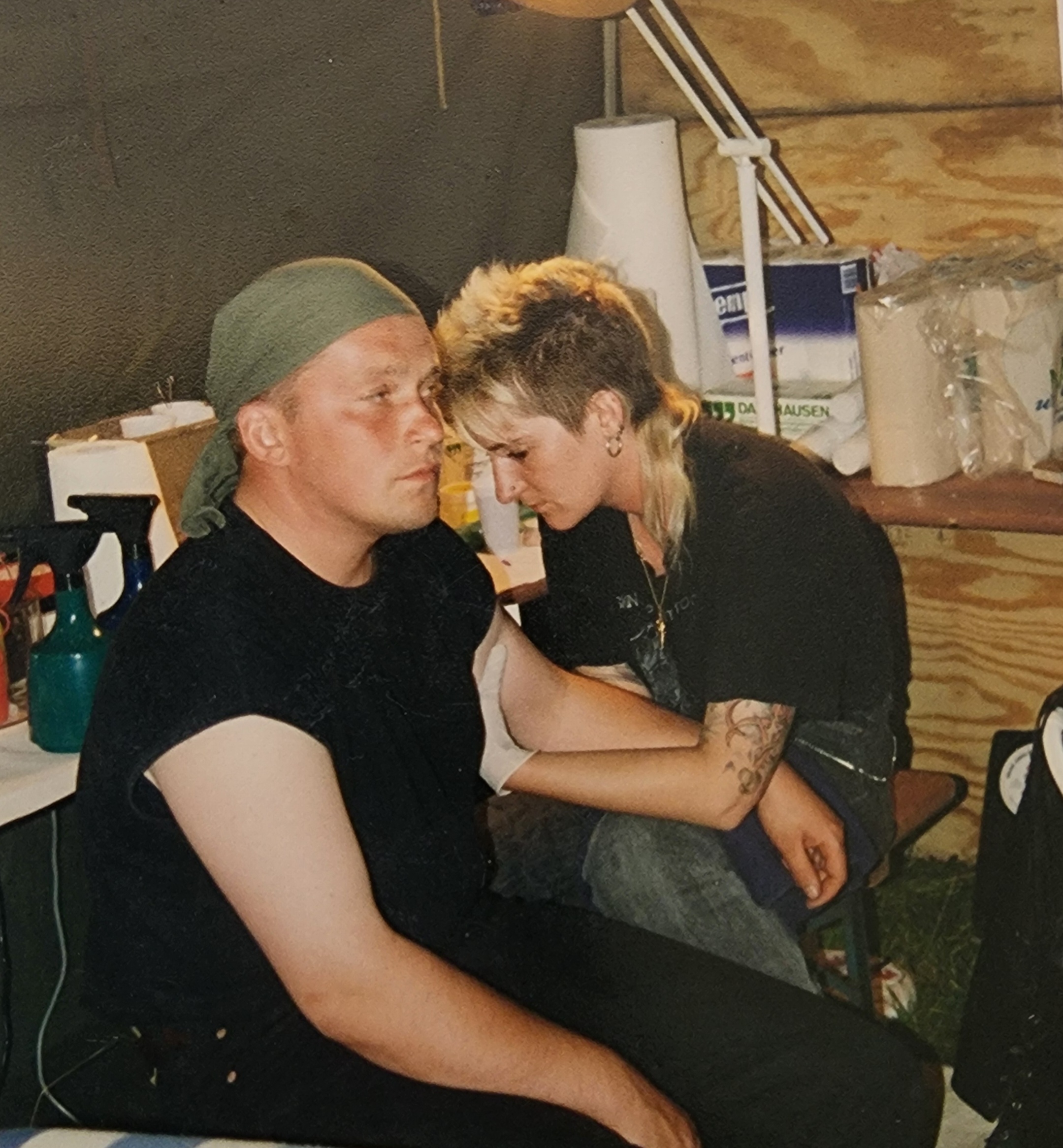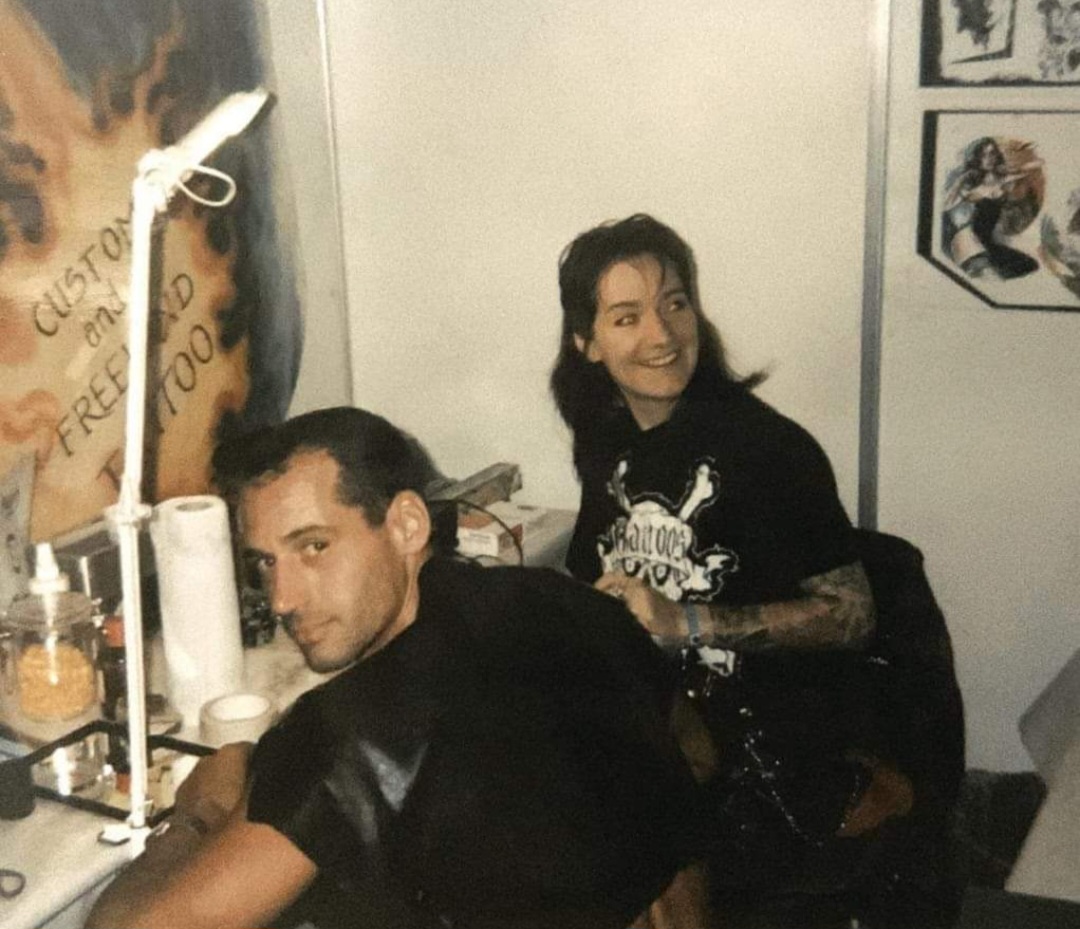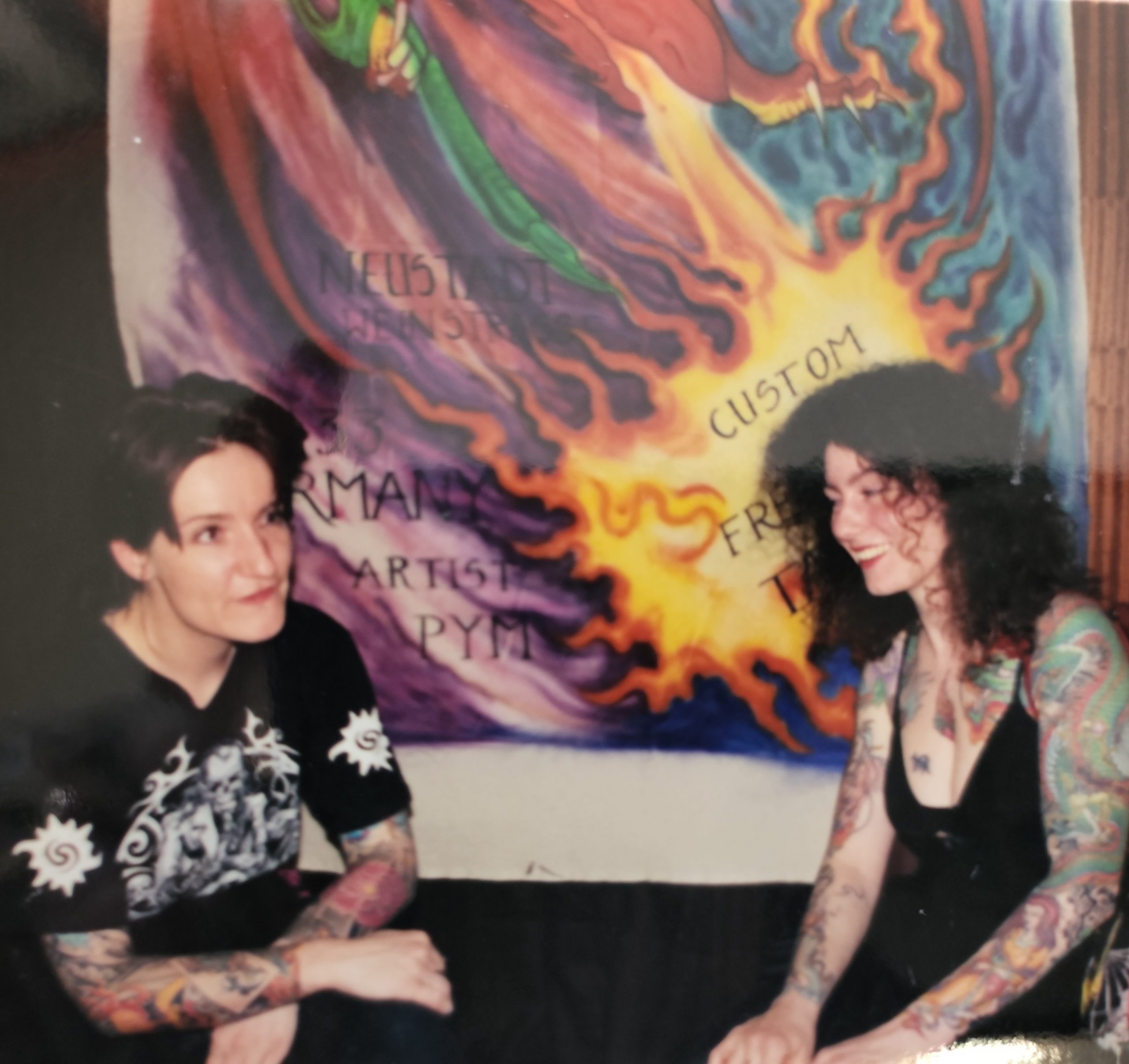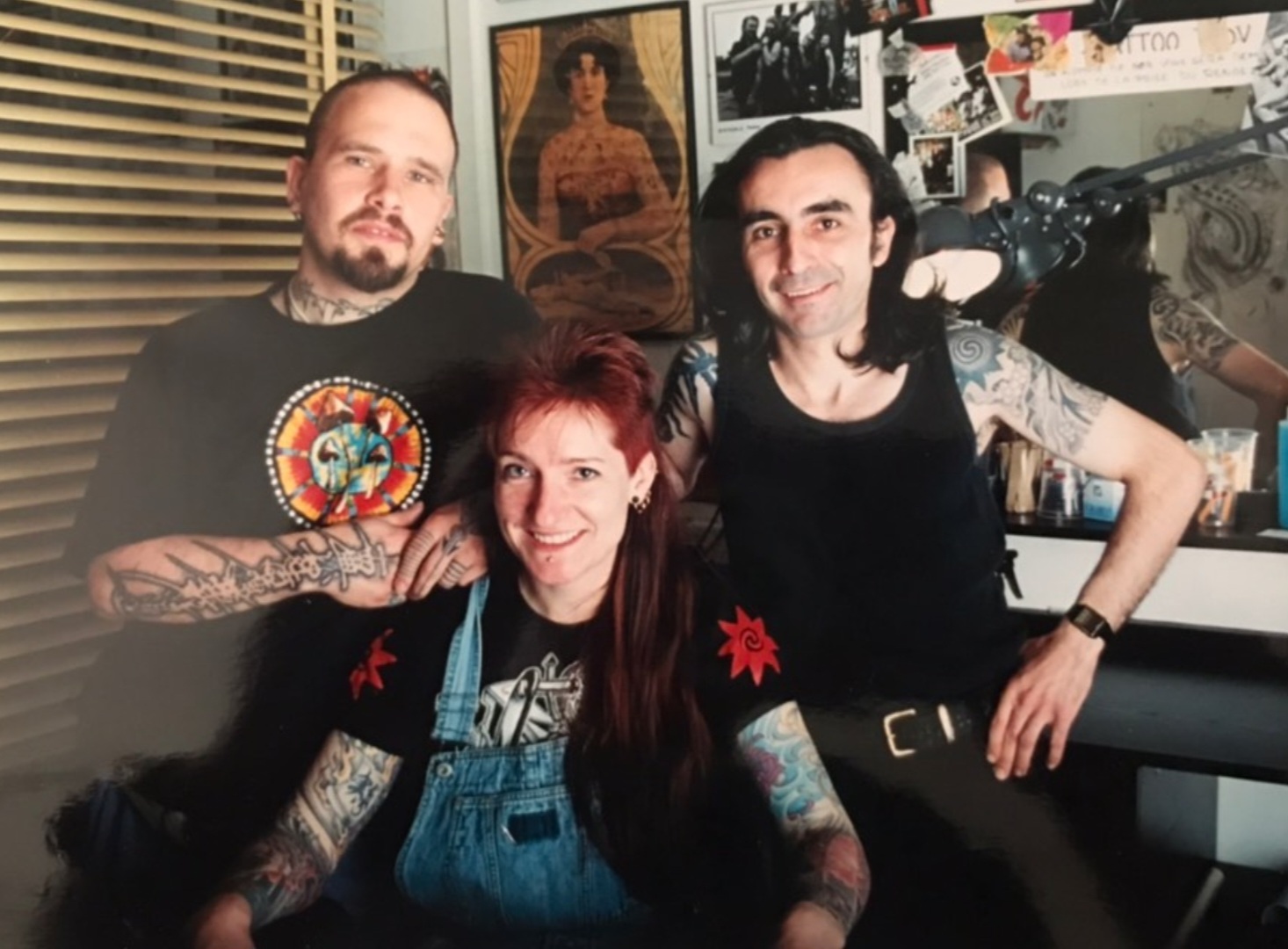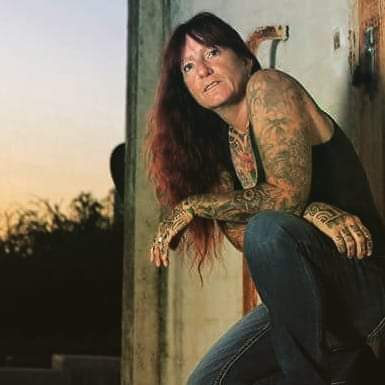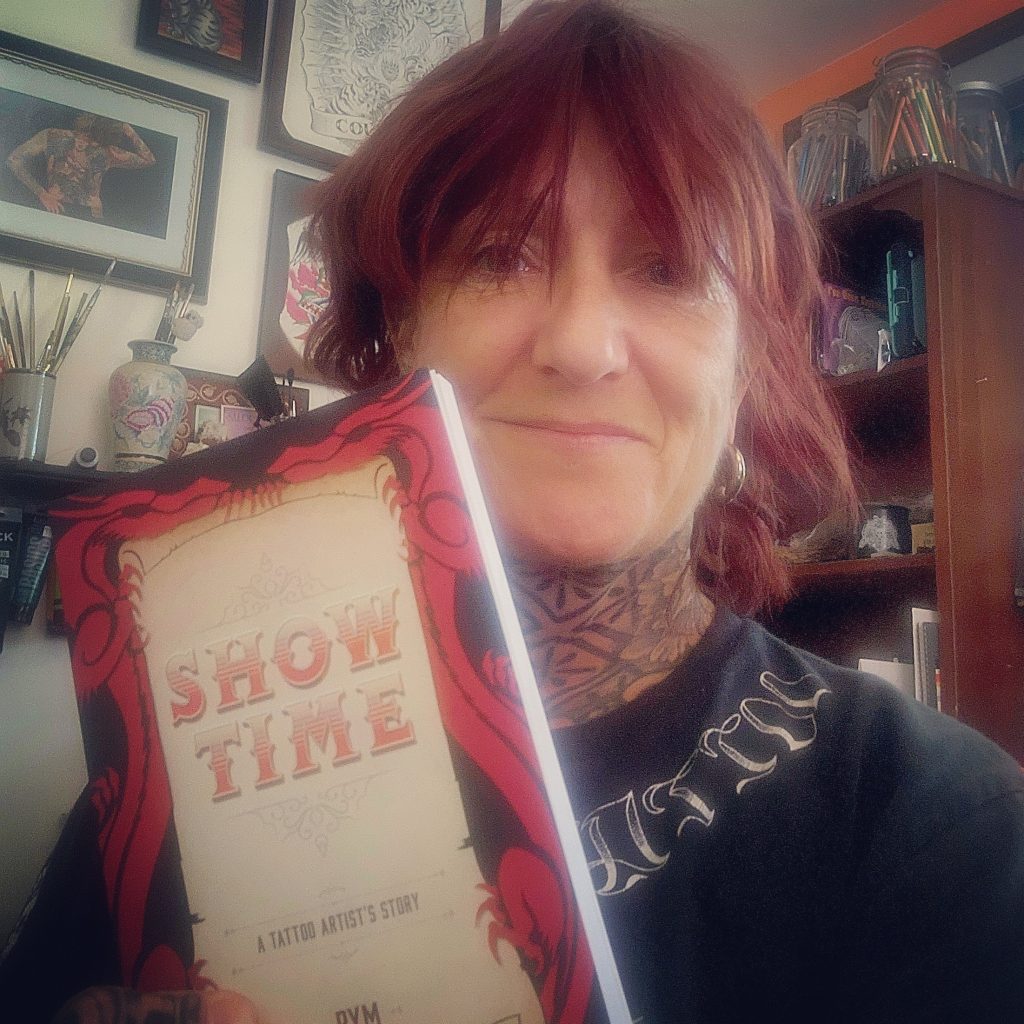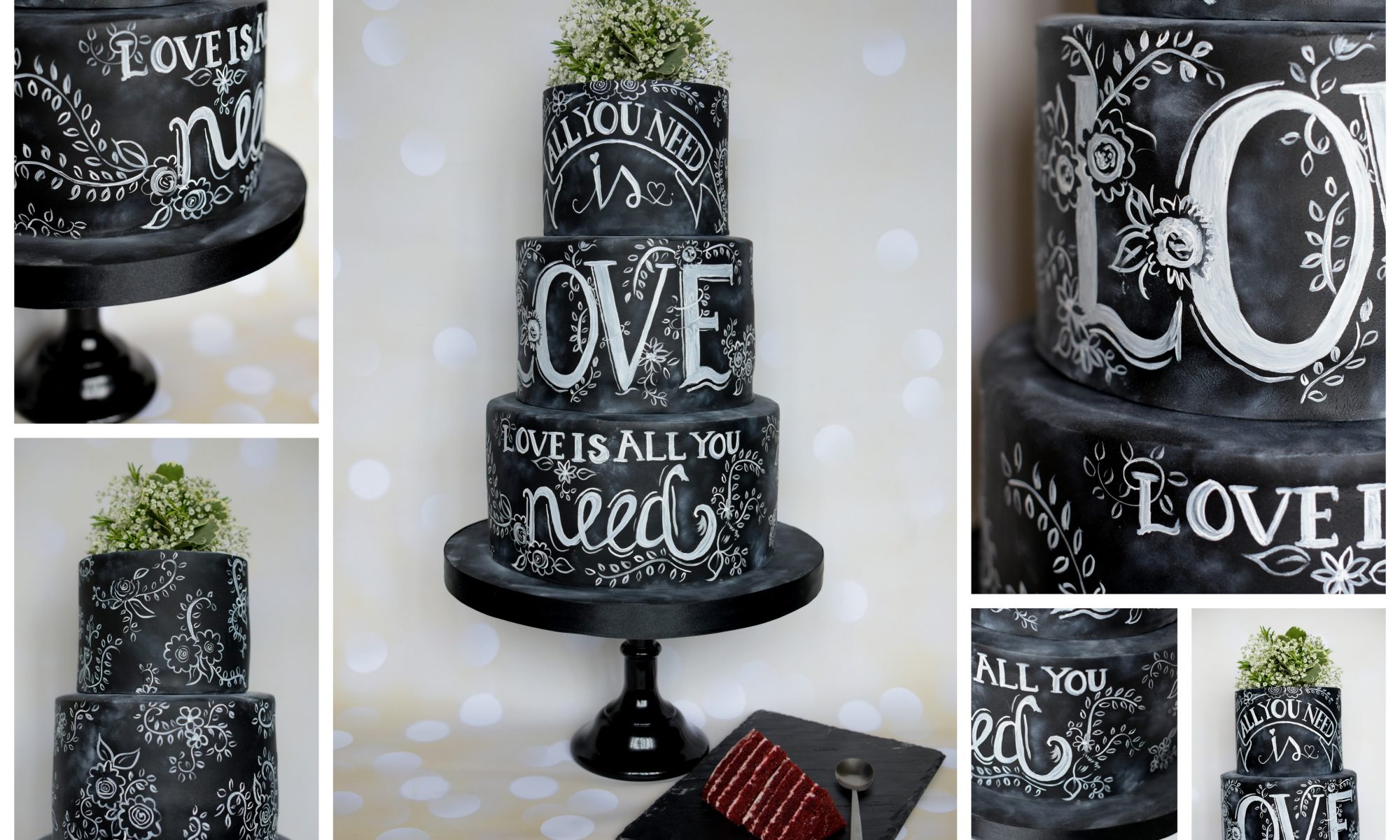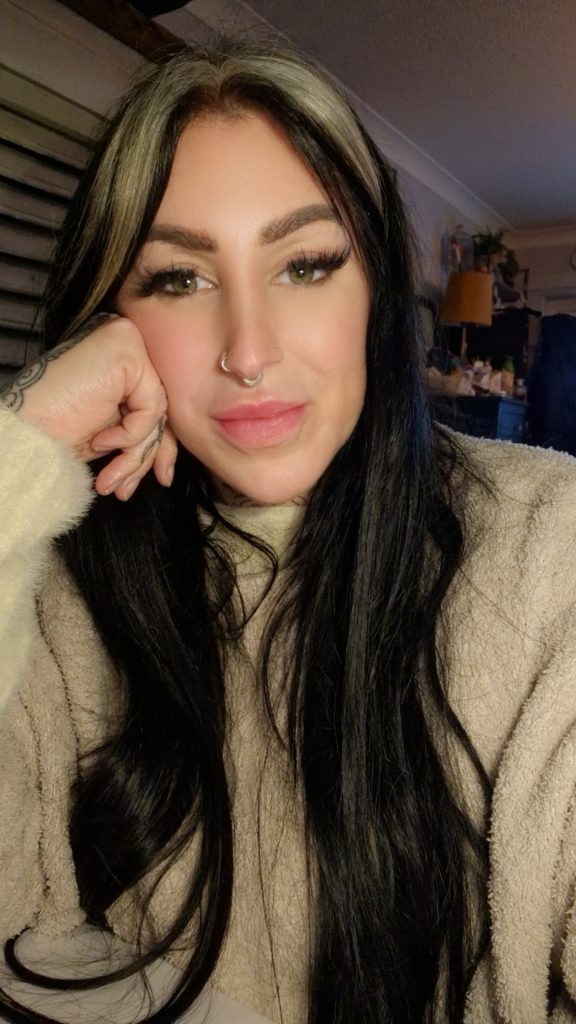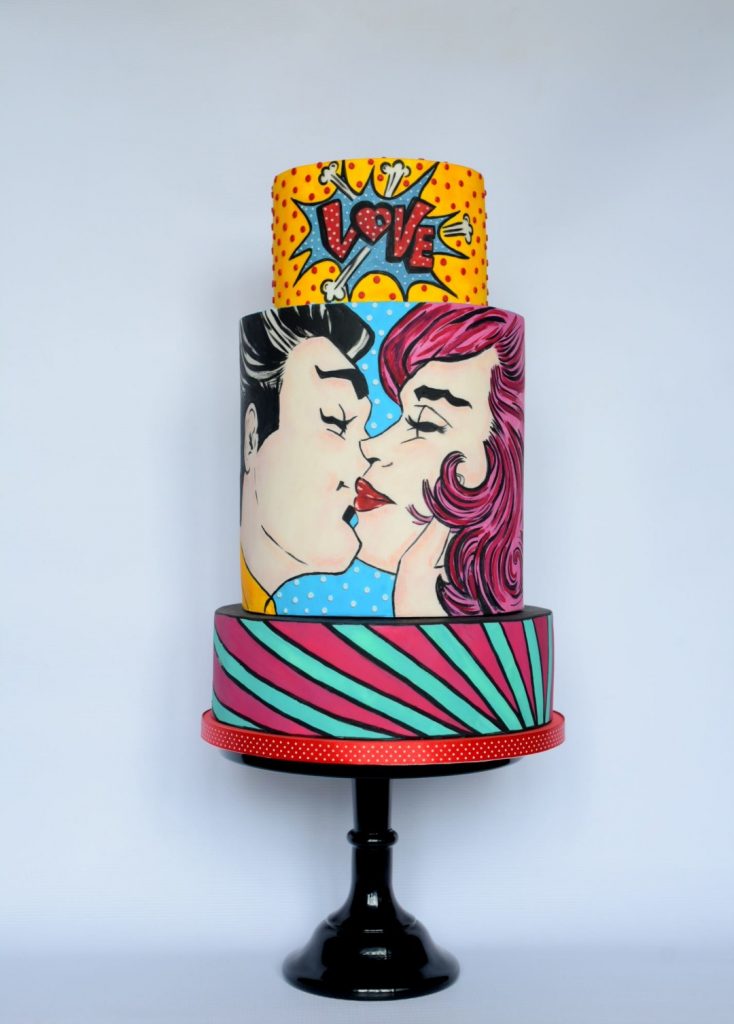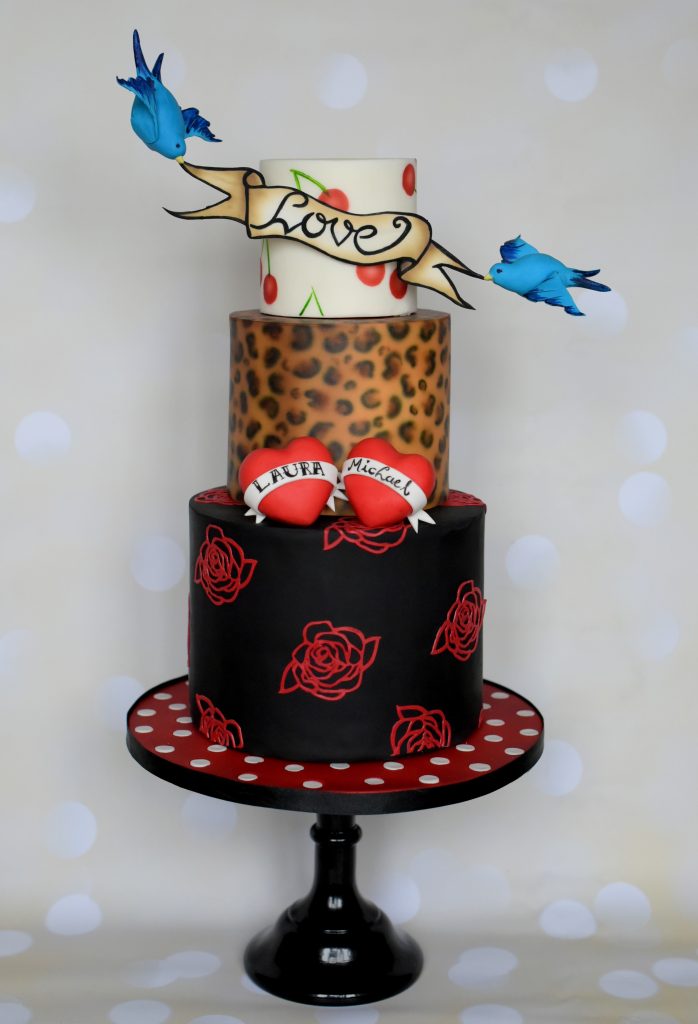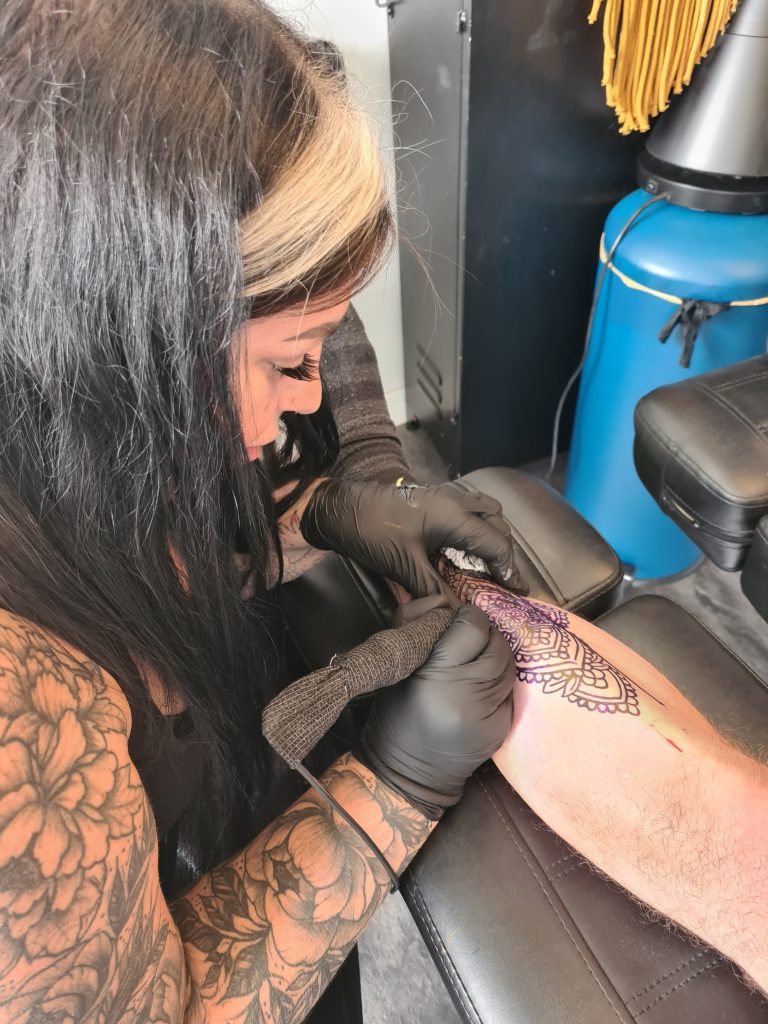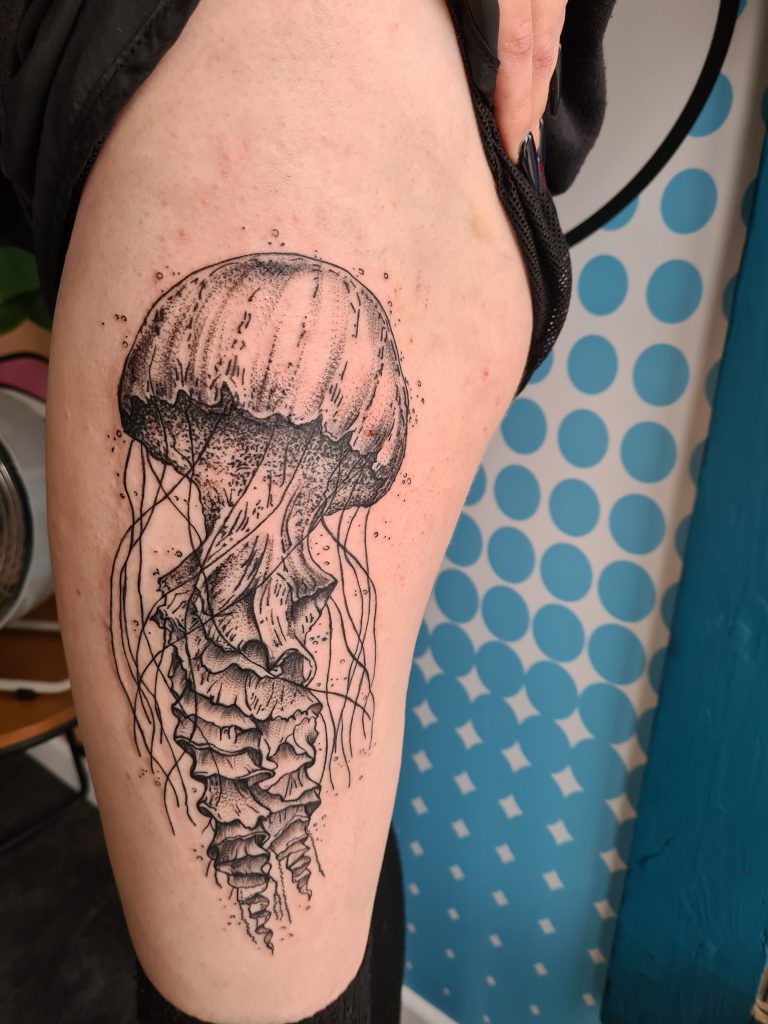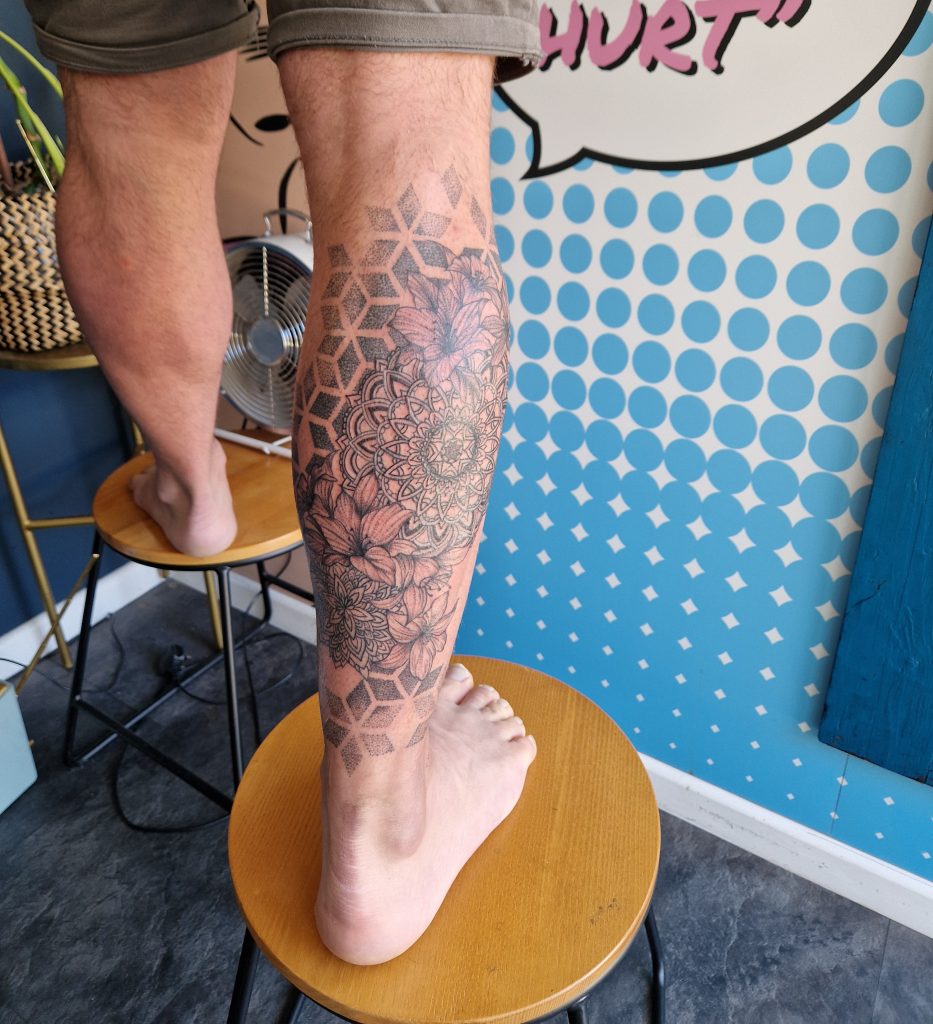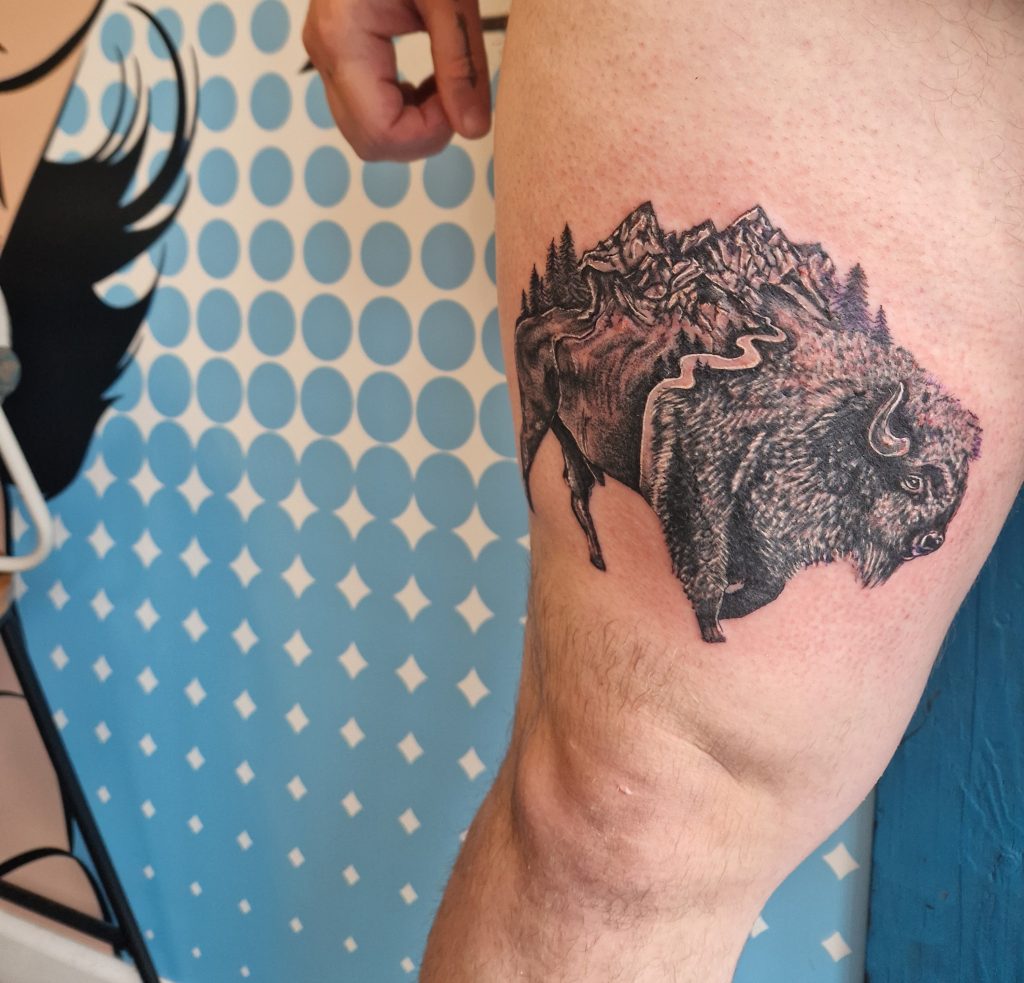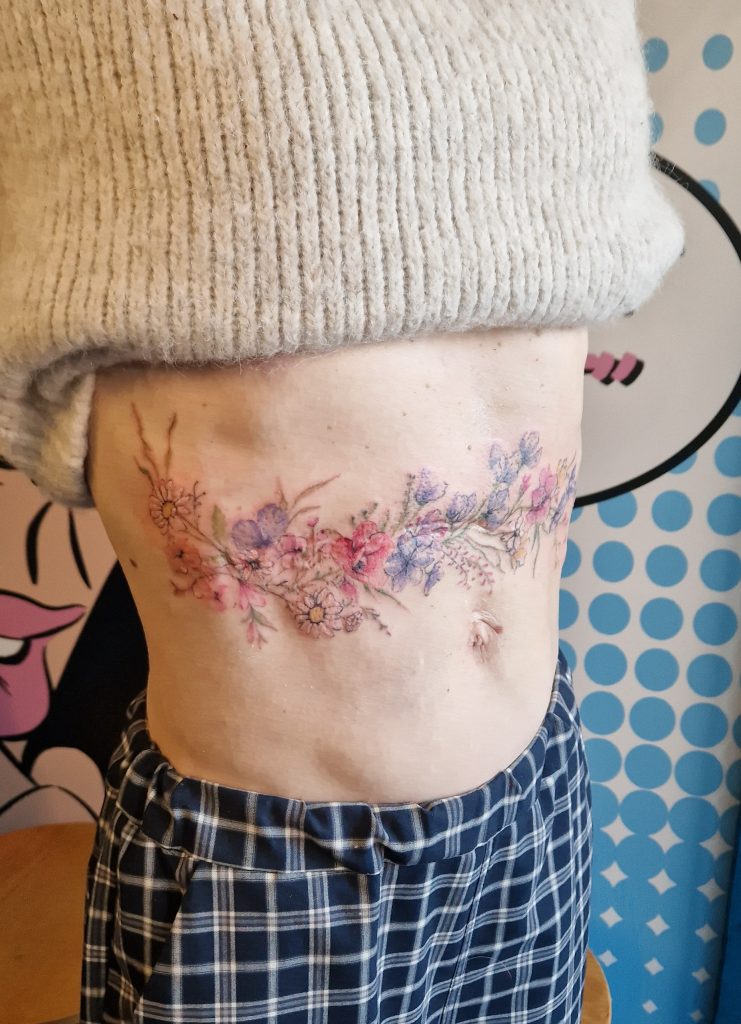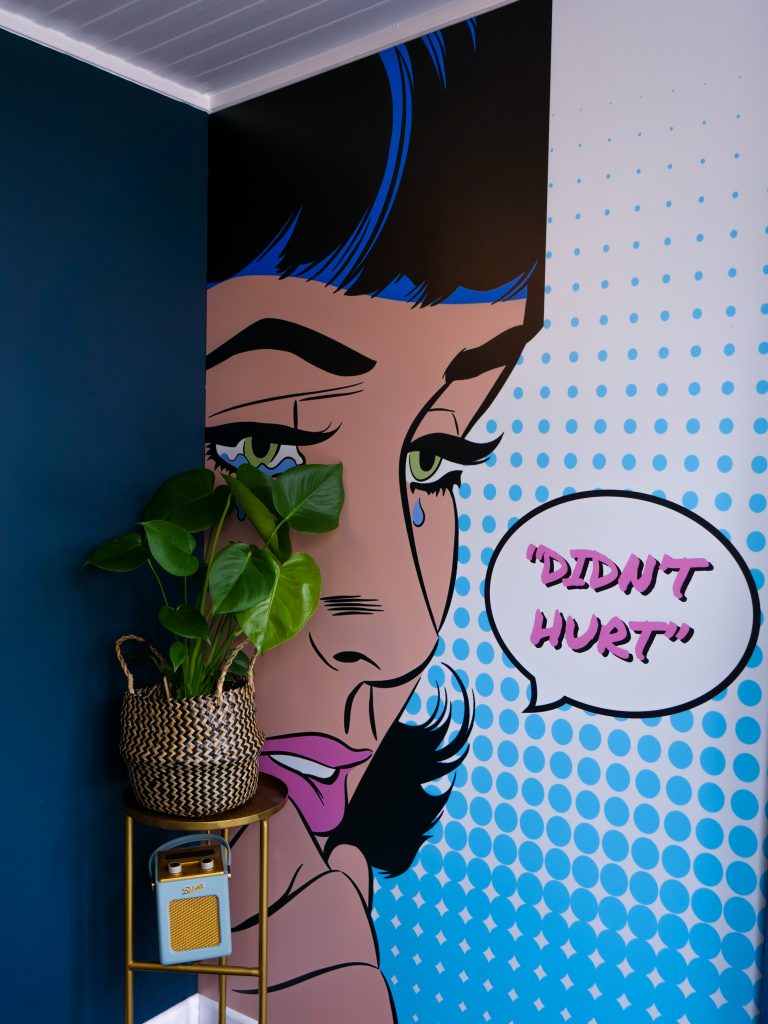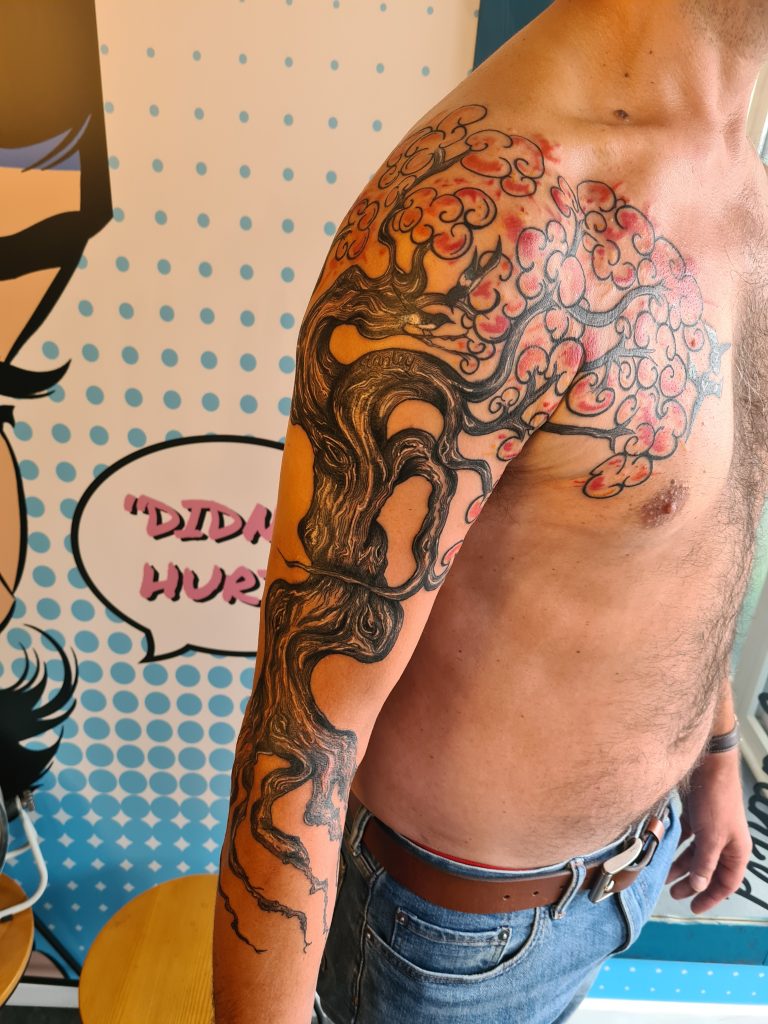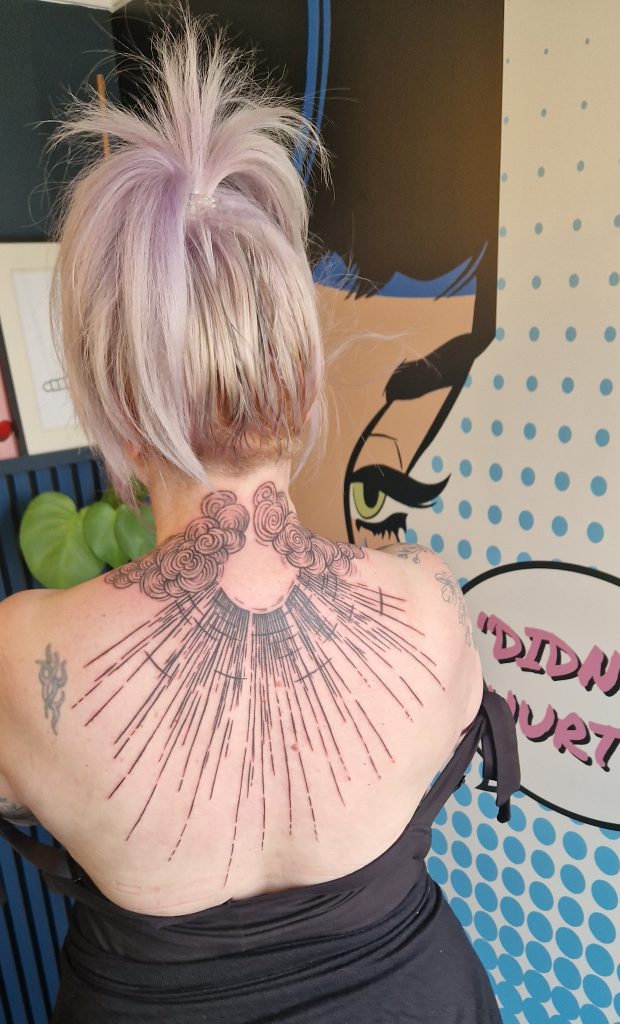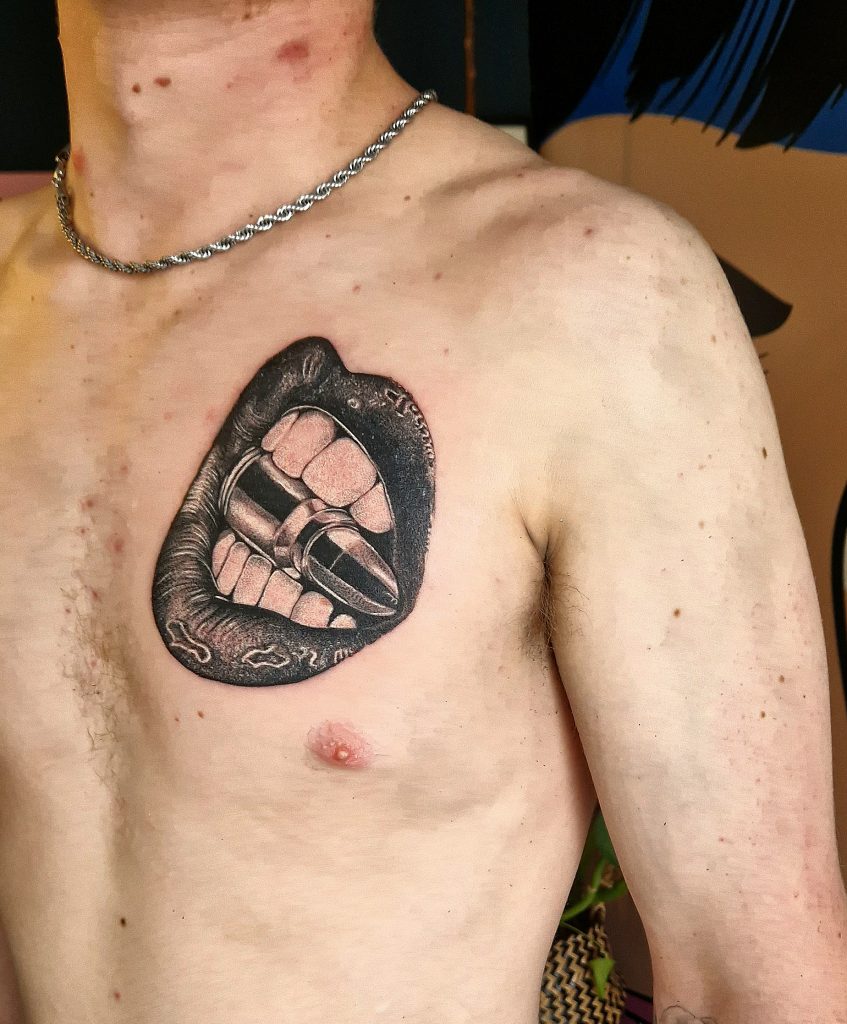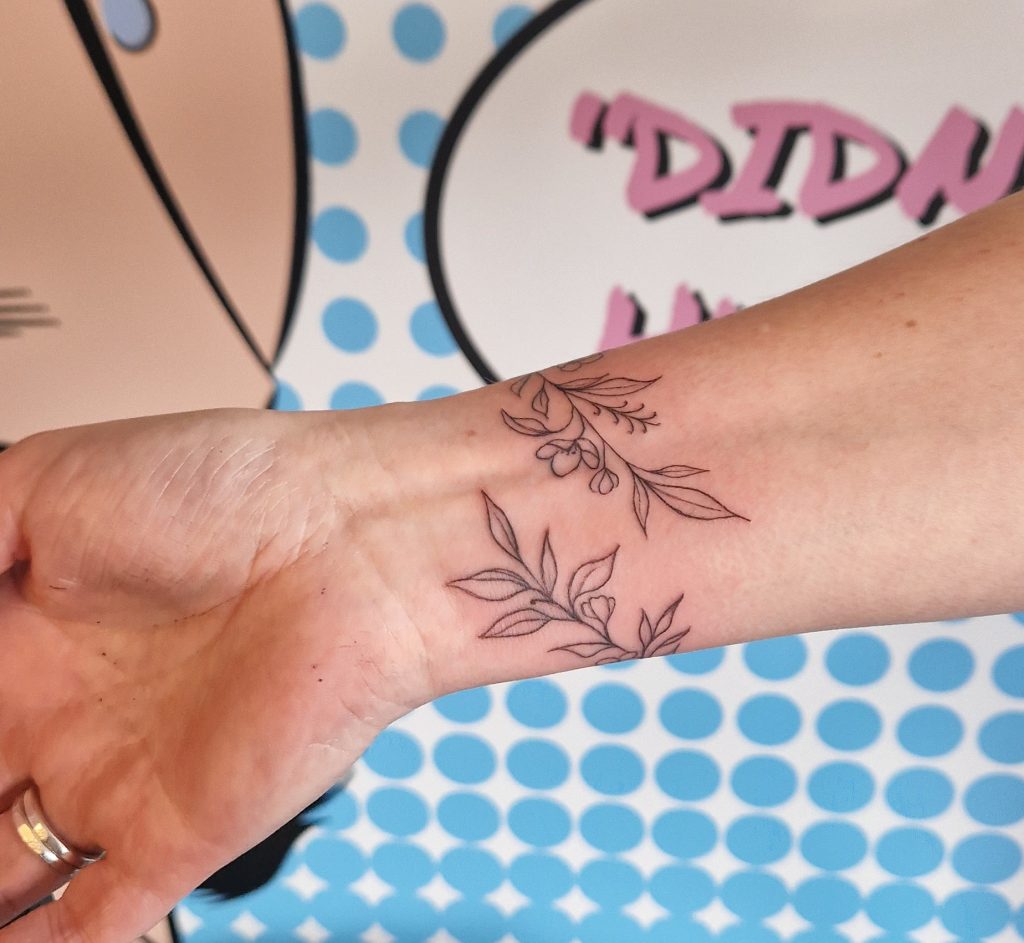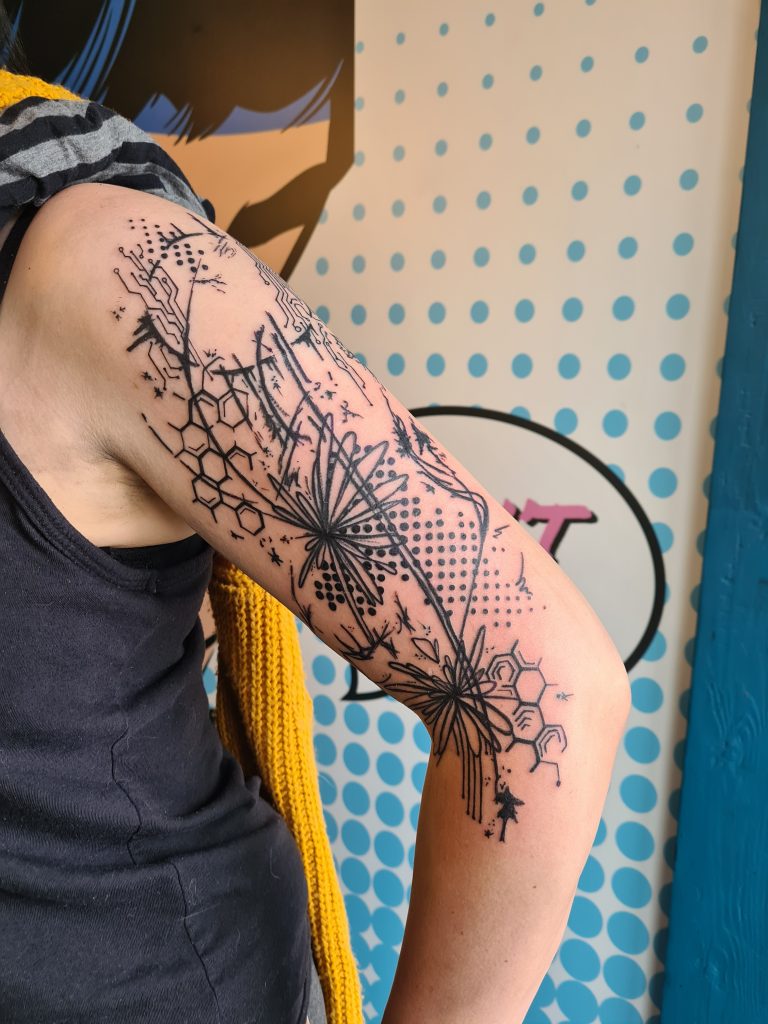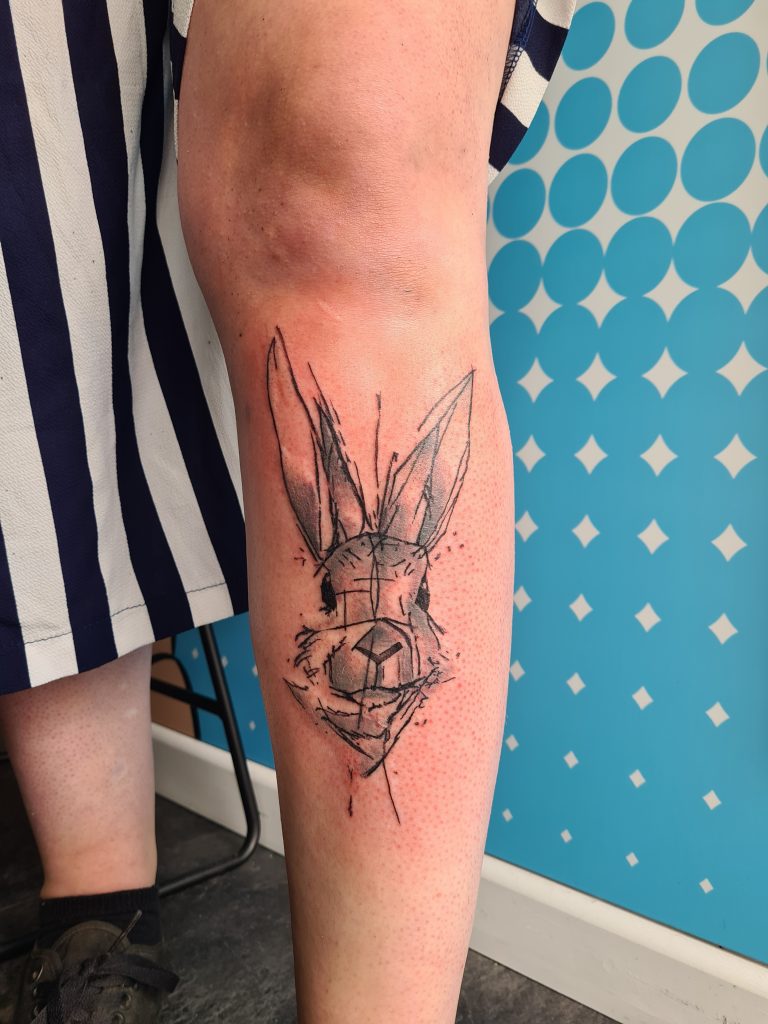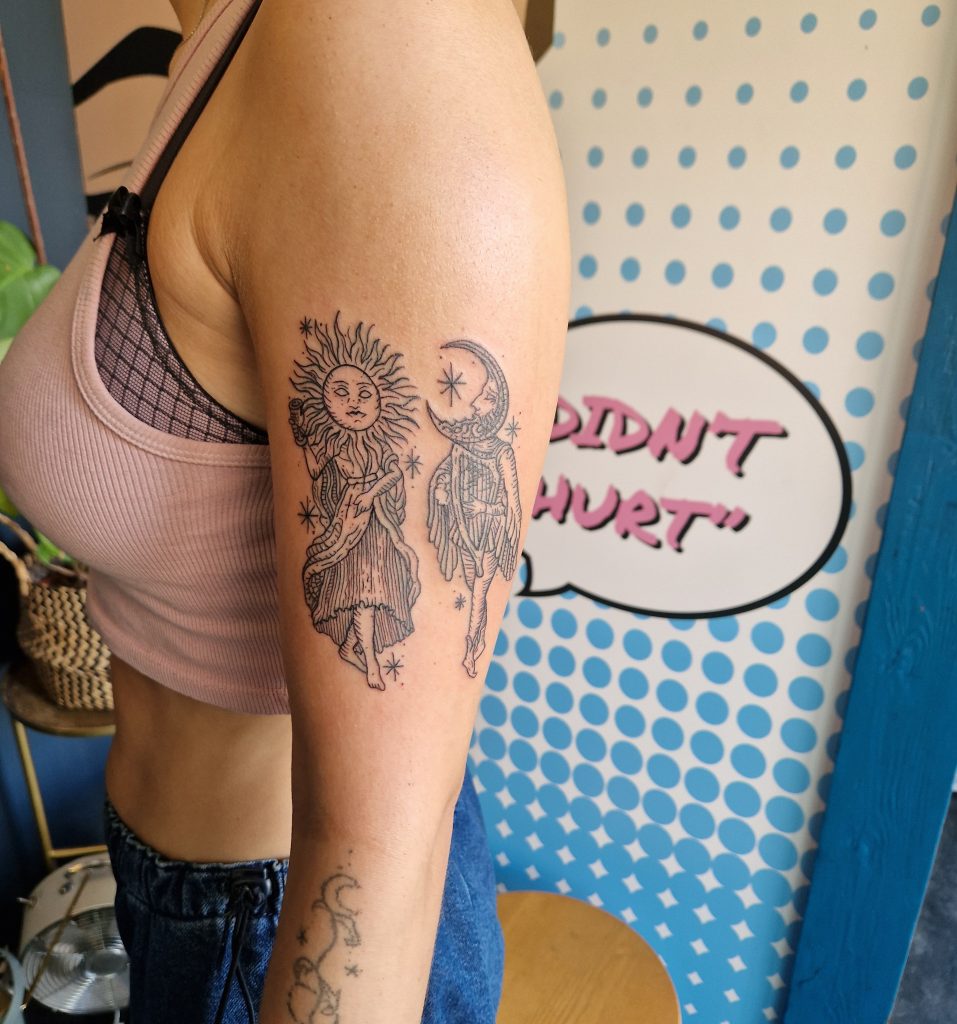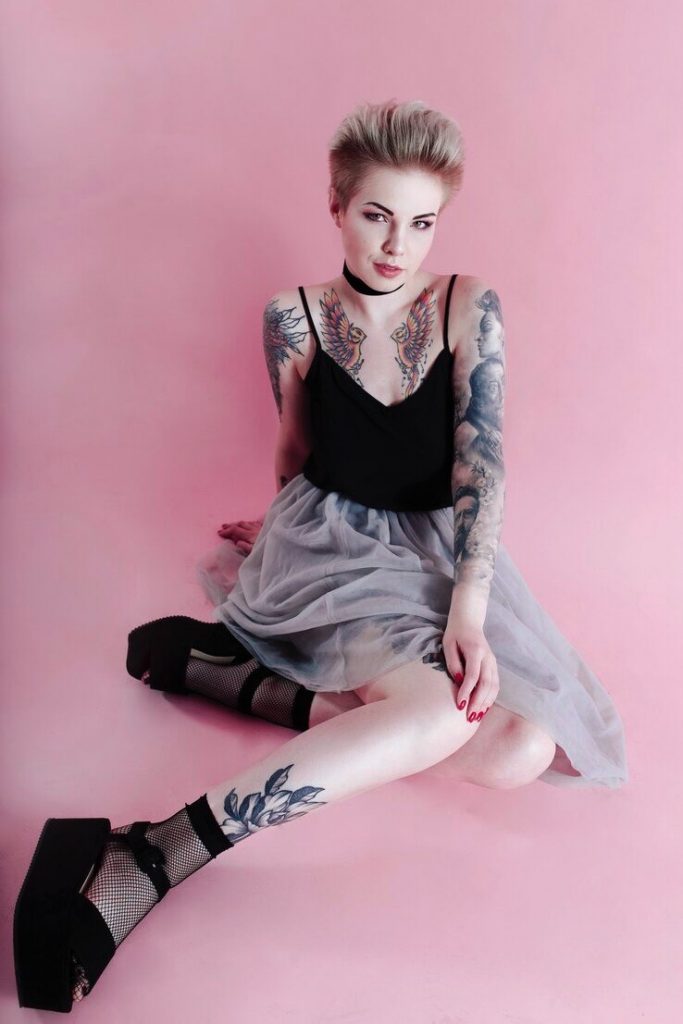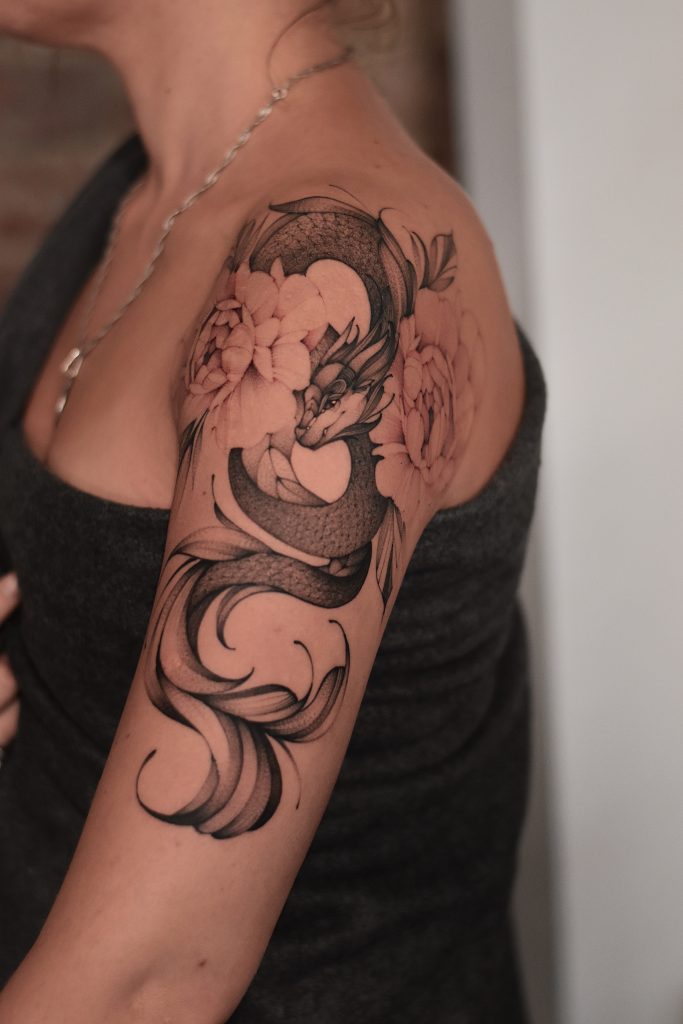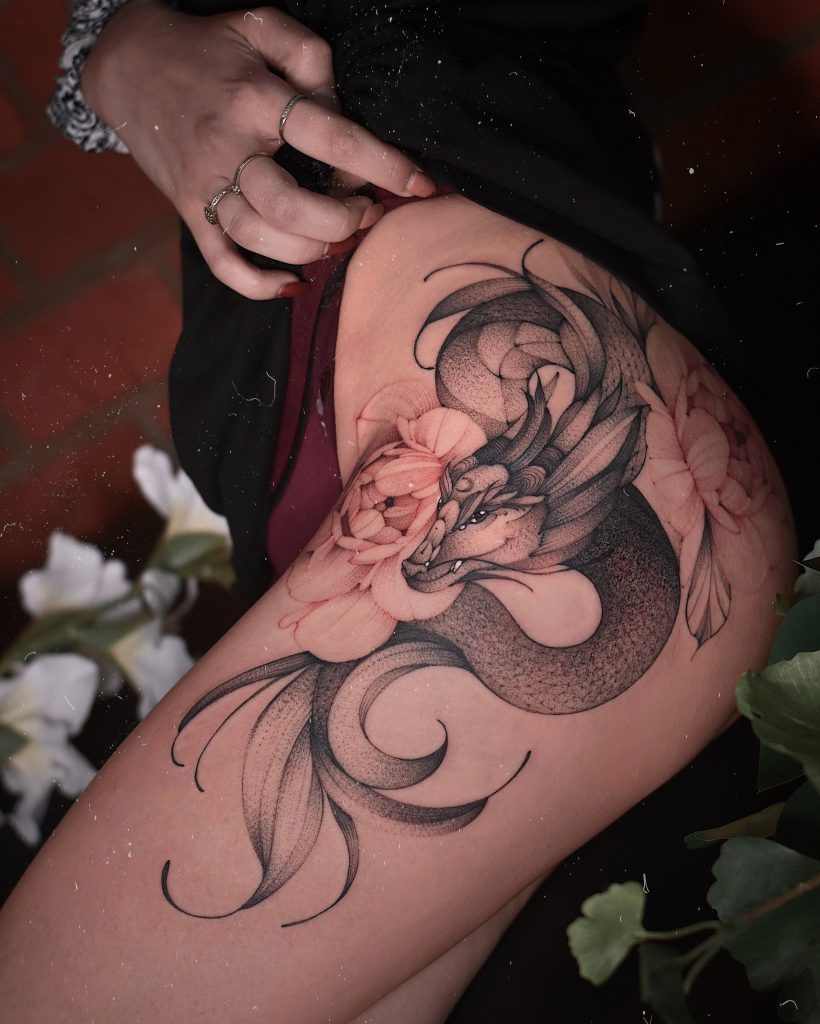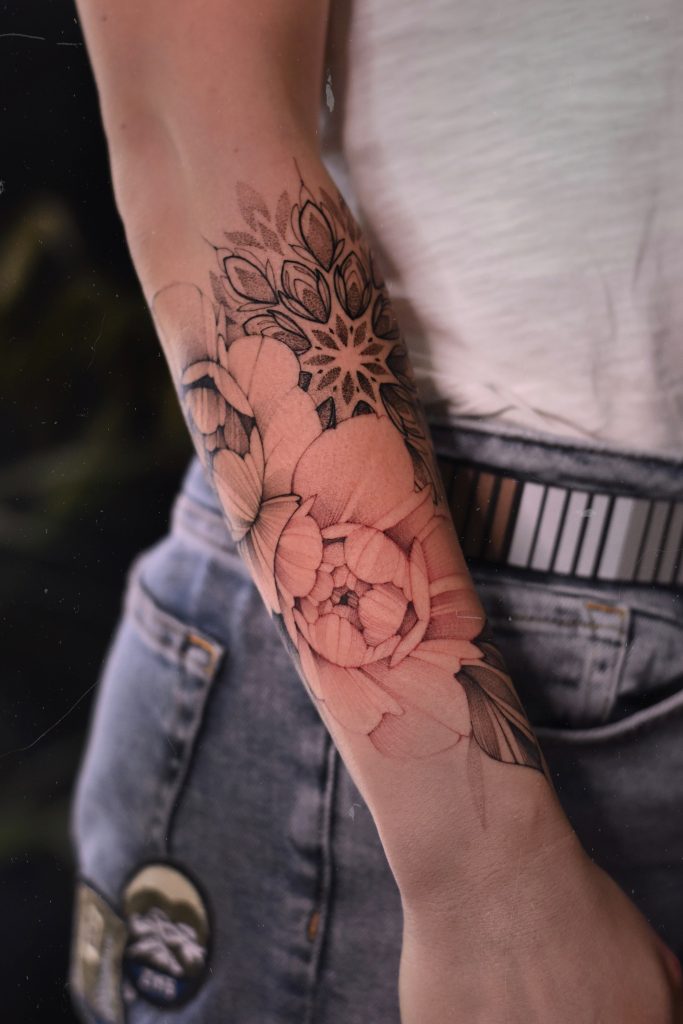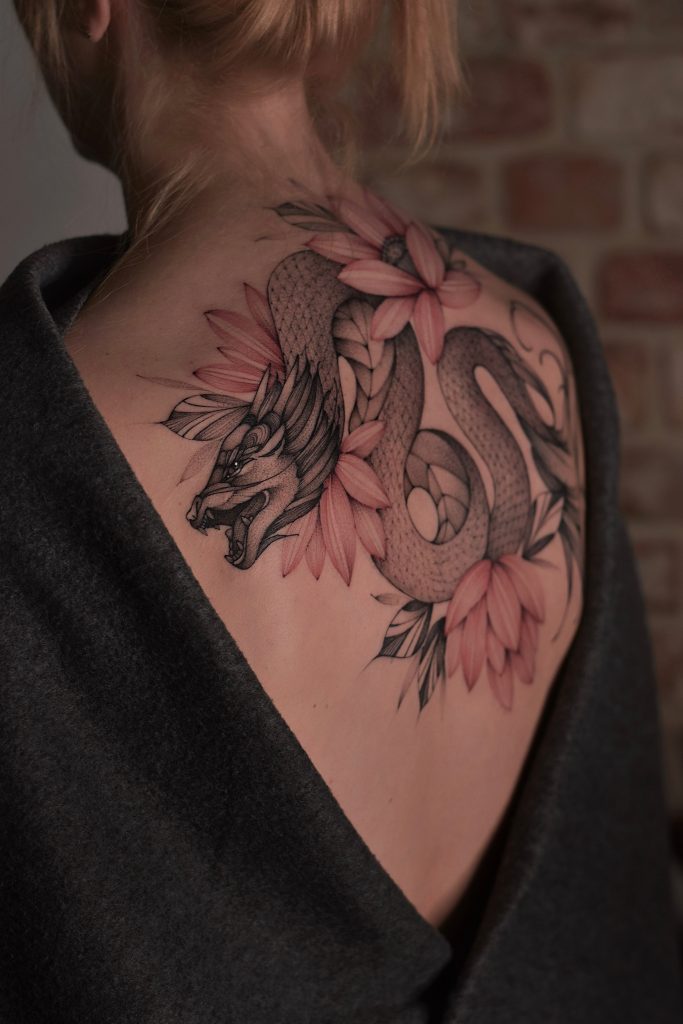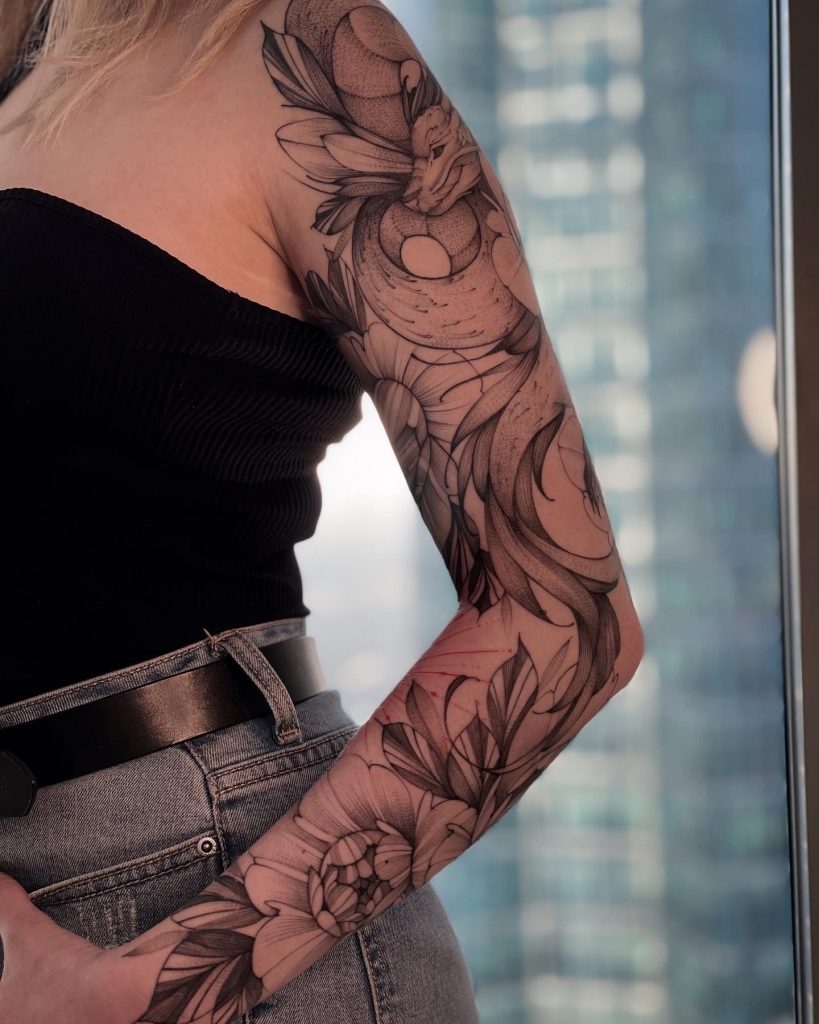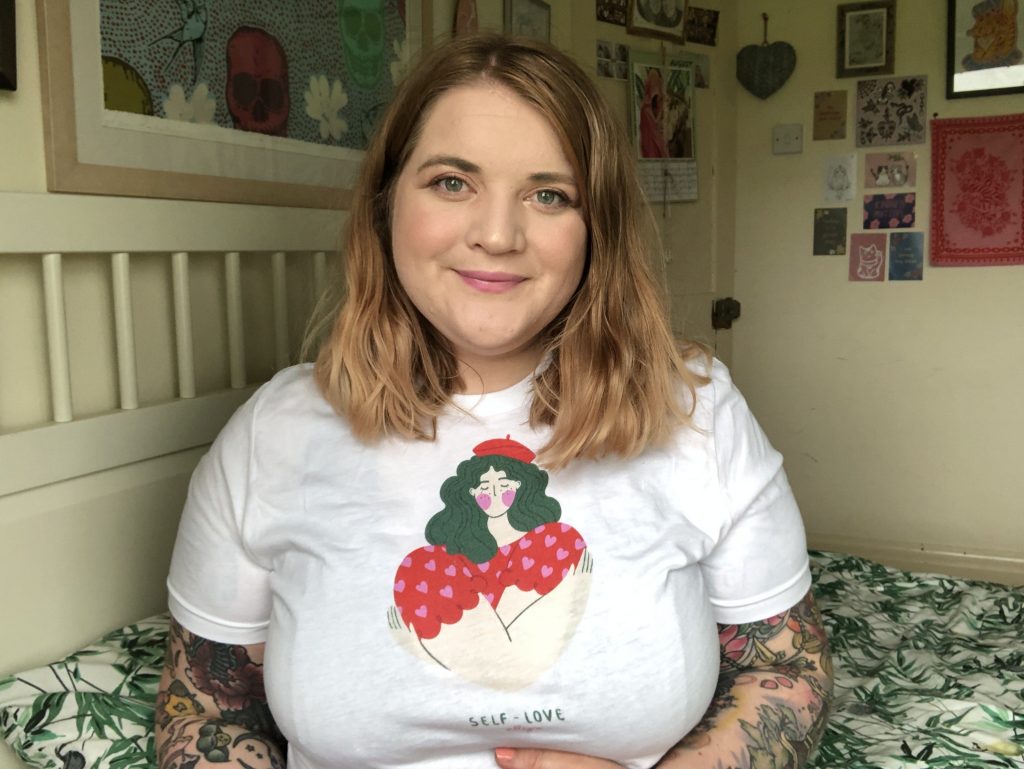Tattoo artist Circe (@Circe.Tattoo) believes that tattoos are constantly evolving and that clients are at the heart of that infinite evolution. She tattoos in her private studio in Buenos Aires, Argentina, where she feels inspired by the people she’s surrounded by. Here she tells us more about her beautiful blackwork style that looks like it’s from a bygone era…
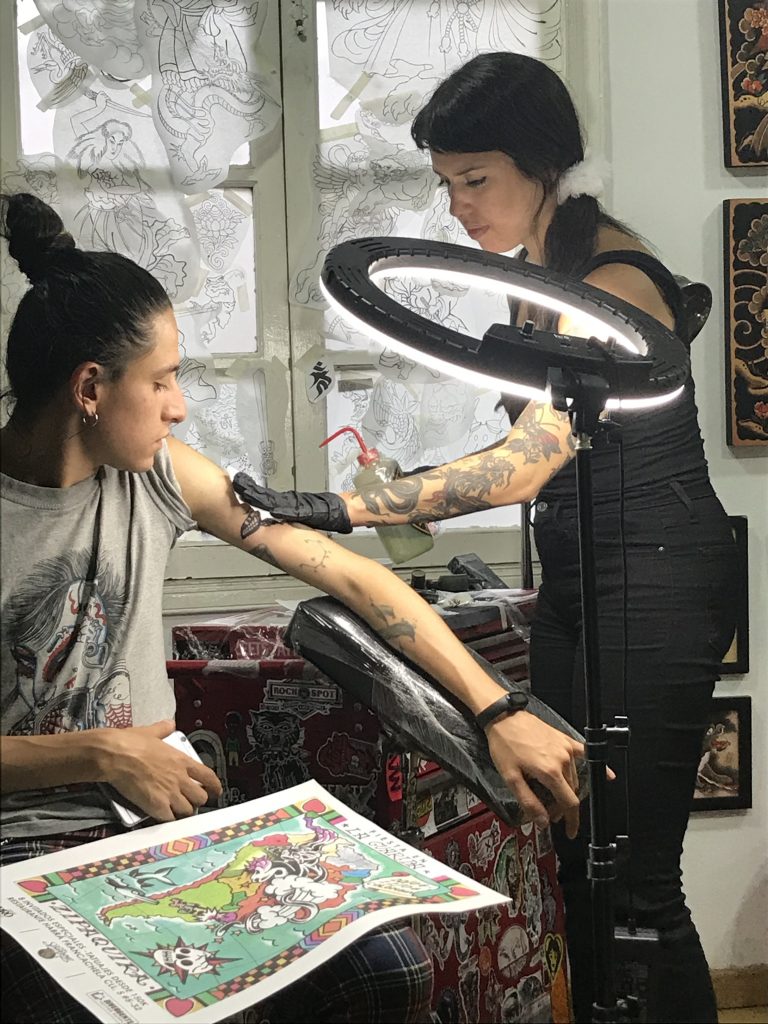
What first drew you to tattoos? And what was your journey to becoming a tattoo artist?
As a child, I was fascinated by a type of chewing gum that featured temporary tattoos, which I would eagerly stick all over my arms. Drawing has always been a passion of mine, nurtured by my parents who were woodblock artists. We often spent our weekends in their atelier, immersed in creativity.
My desire to become a tattoo artist sparked during a family trip to Mexico when I unexpectedly reconnected with my uncle, who my parents hadn’t seen in 18 years. Our conversation revealed that I had two cousins who were tattoo artists in Europe. At that time, tattooing wasn’t the mainstream phenomenon it is today.
When I went back home, I dived into research about tattooing. Earning some extra cash by creating flyers for my friends’ band gigs allowed me to buy my first tattoo machines, and I started practicing on pumpkins in my room.
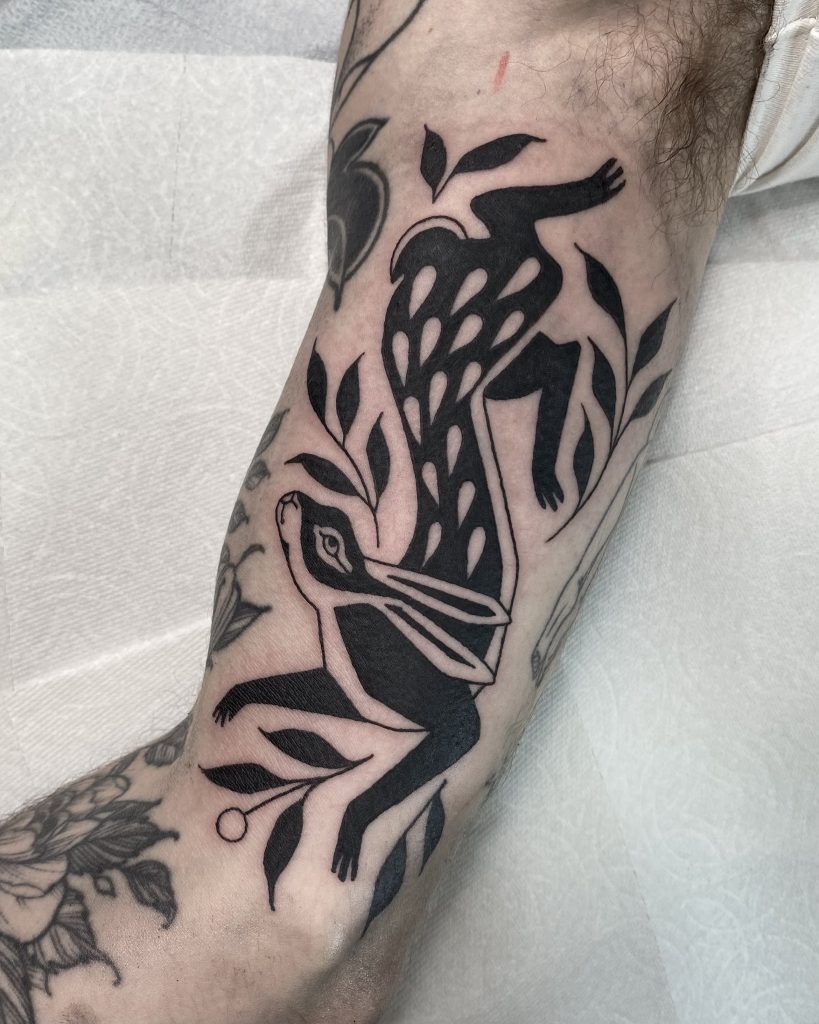
Do you have a memorable moment from your past when you fell in love with tattoos?
During my early days as an apprentice at the shop, I found myself captivated by the diverse range of people I encountered, each with their own unique stories. The mix of different backgrounds, experiences, and the rich tapestry of symbols and images, drew me in completely. I realised this was the place where I wanted to spend most of my time.
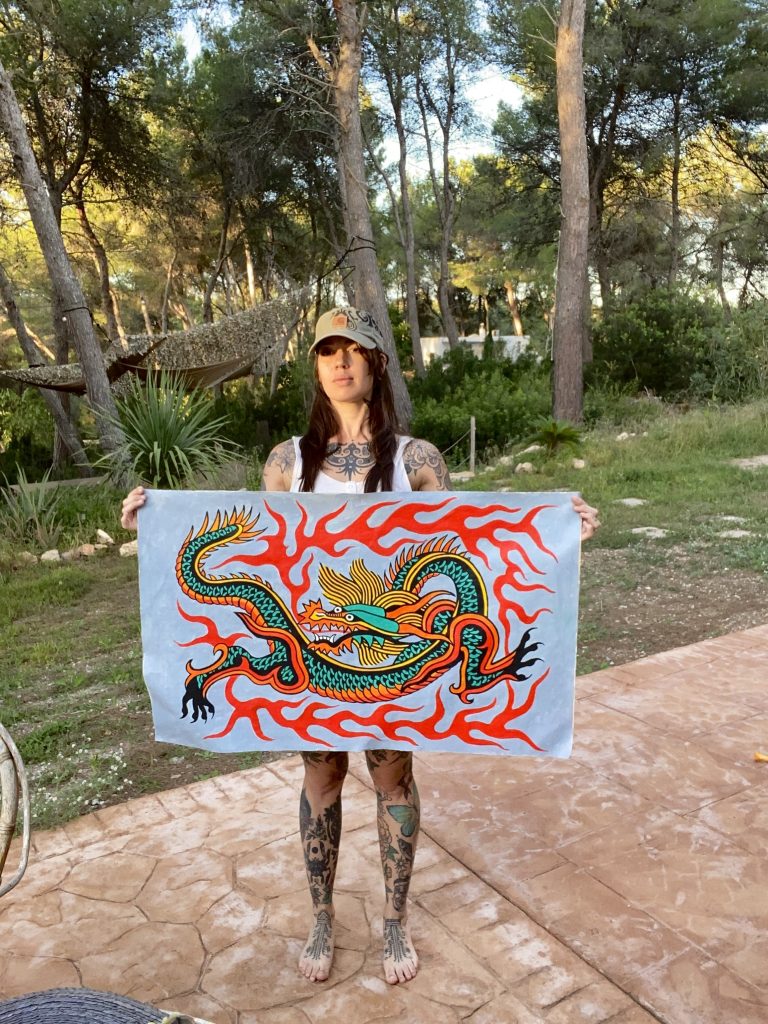
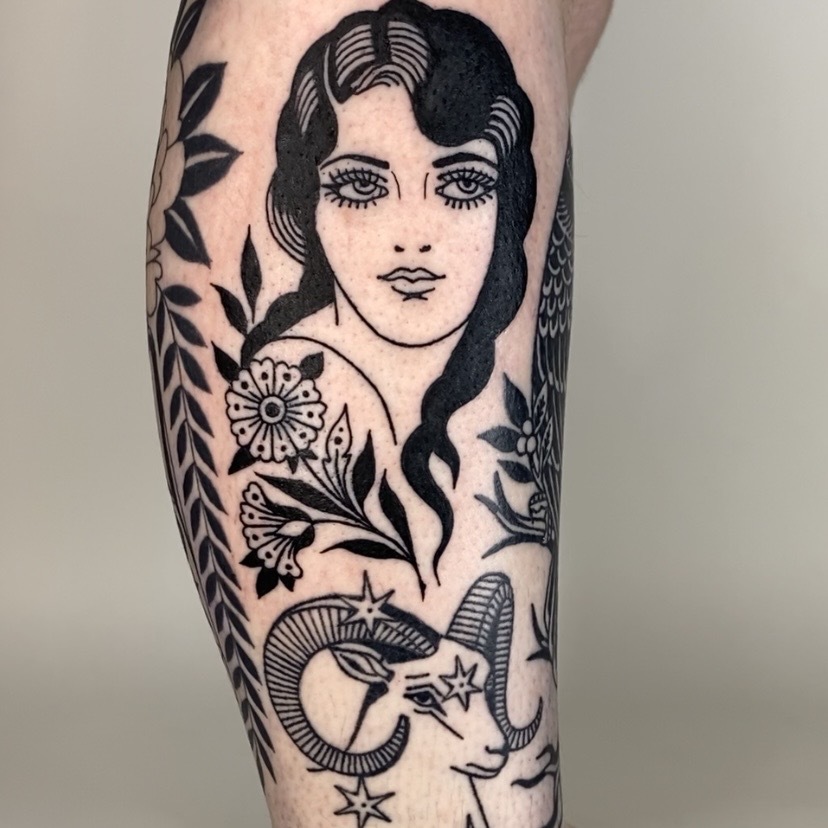
Your blackwork tattoos have an almost historical quality to them, really classic and beautiful, how did you hone that style?
I spend a lot of my time digging into references that I can translate into the art of tattooing, much like the old-school tattoo artists did before the internet took over. Whenever I travel, I make it a point to visit museums as part of my journey. I also enjoy collecting art books and try to seek inspiration from various sources, drawing from both art history and the images I encounter in posters or advertisements.
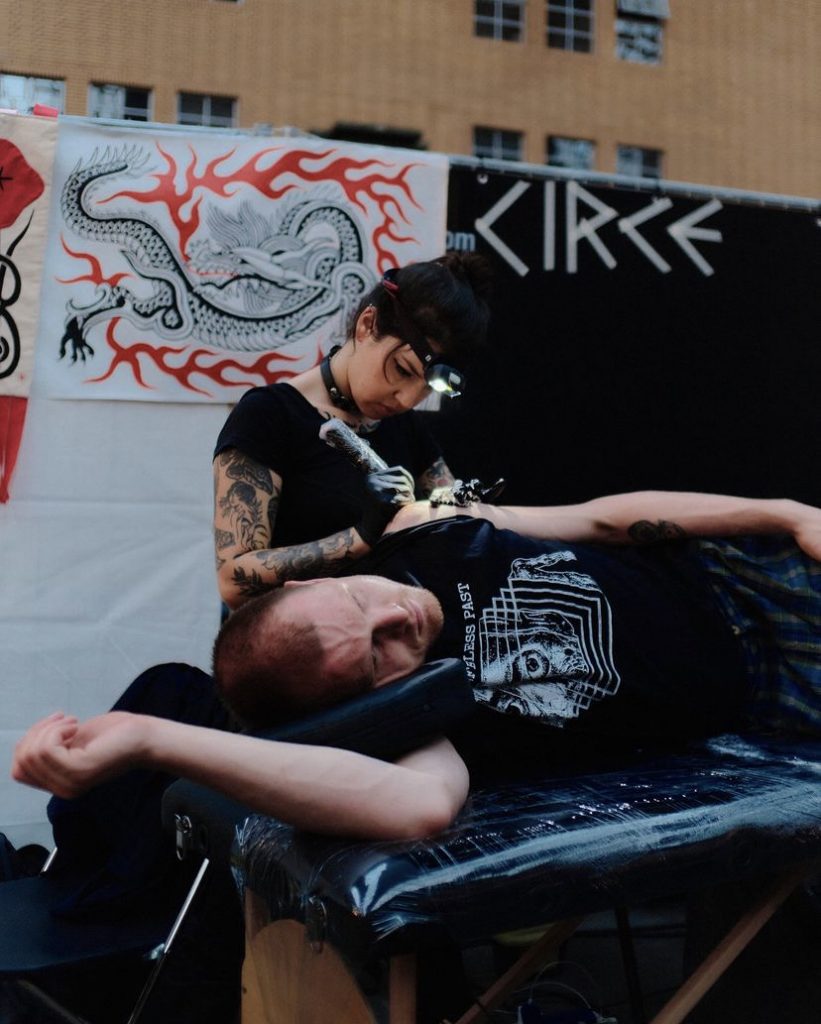
How do you like to work with customers on pieces? Is it usually flash or custom work? Or a bit of both?
I often start by showing my clients my collection of flash designs, explaining that these serve as a launching pad for our creativity. From there, we can explore ways to customise or mix different ideas, or simply examine my approach to tattooing.
I particularly enjoy creating custom pieces, as I believe it’s essential for the design to complement both the individual’s style and the area where it will be placed.
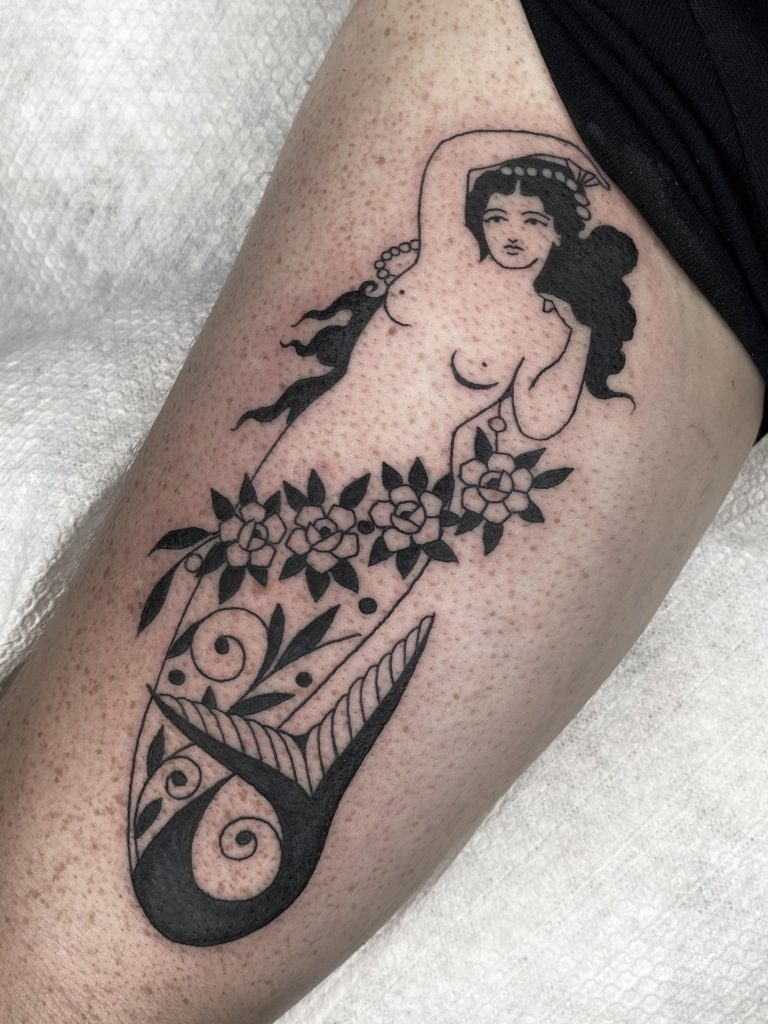
Where do you currently tattoo and what’s the tattoo scene like there?
I’m currently situated in Buenos Aires, Argentina, where I have my own private studio to work independently. The tattoo scene here in Buenos Aires is vibrant and thriving.
Buenos Aires is home to some fantastic tattoo artists who are truly passionate about their craft. It’s always a pleasure to engage in discussions and enjoy painting nights with them. The clients also play an active role in this creative process, bringing along intriguing references for their tattoos, which adds to the inspiration.
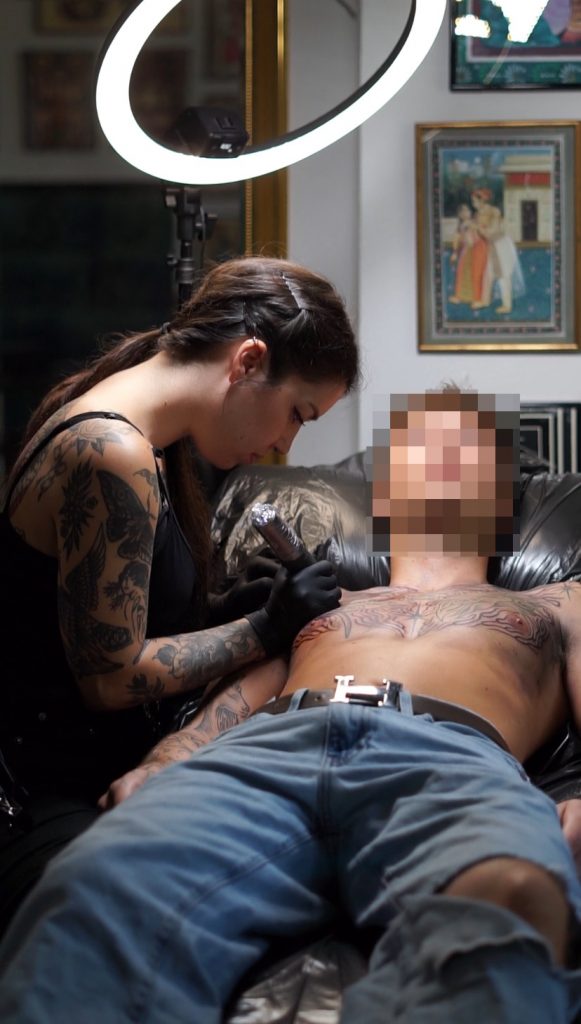
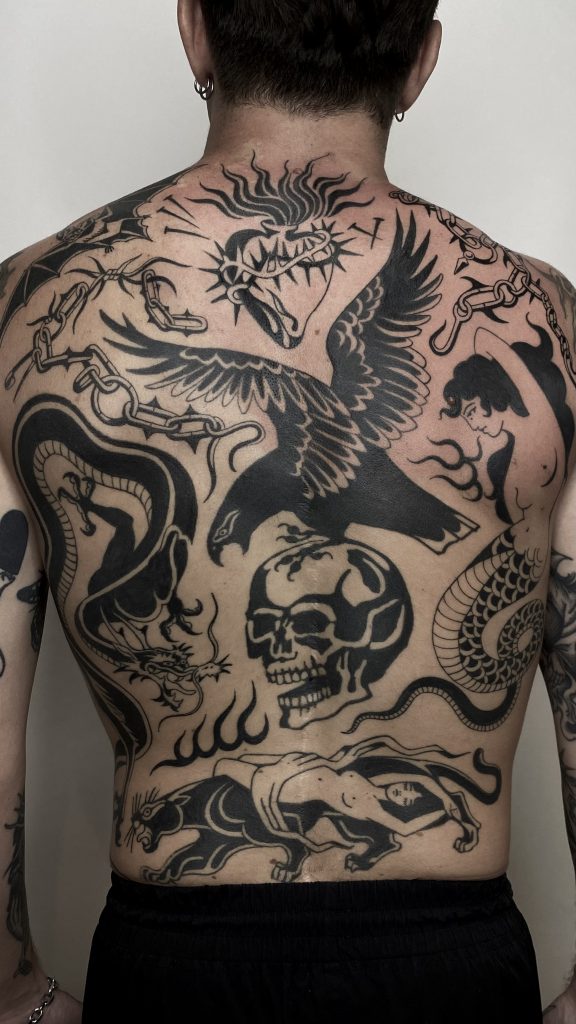
How do we book in with you? Will you be doing any guest spots this coming year?
If you’d like to book a session with me, feel free to reach out via email at circe.xyz@gmail.com. Additionally, you can follow my Instagram account @Circe.Tattoo to keep up with my future guest appearances!
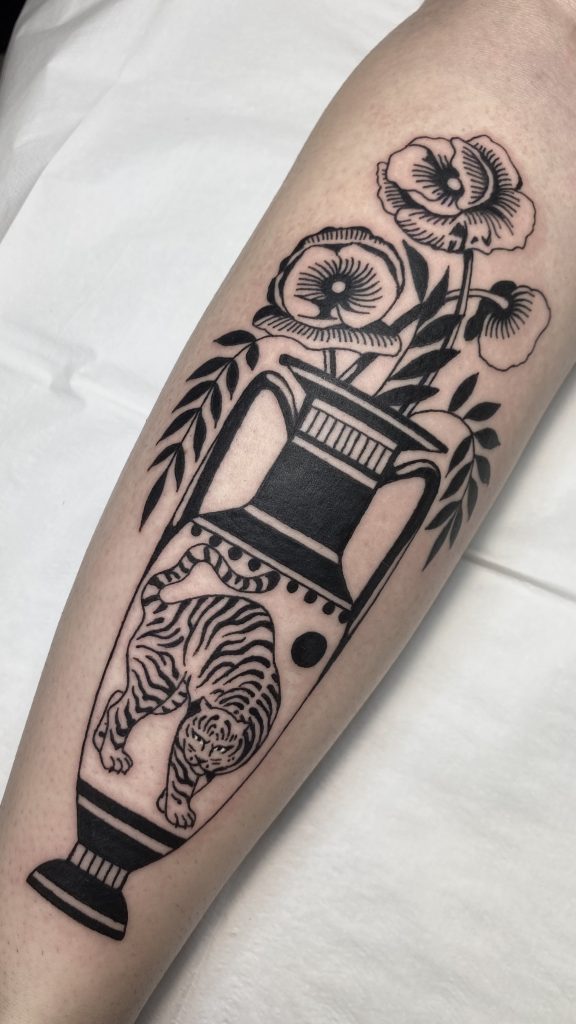
Do you have any thoughts on the tattoo world itself? Its current state, what has come before and any hopes for the future of tattooing?
From my point of view, tattoos are constantly evolving and will continue to do so indefinitely. I believe they will never settle into a final form because they are like living entities, continually transforming from one generation to the next. Just as history unfolds in a spiral, always repeating itself but in different ways, tattoos will follow this same pattern.
A significant aspect of tattooing revolves around the decisions made by the clients who wear them; ultimately, they are the ones who have the final say.
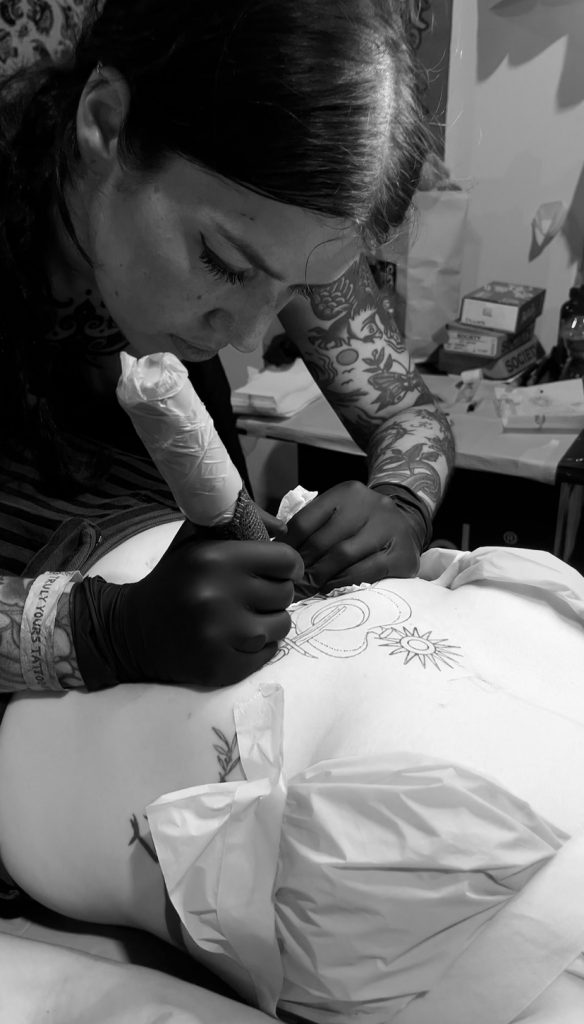
What’s next for you?
I’m in the process of putting together my very first flash book. This will be my inaugural edition, and I’m excited to see it come together.
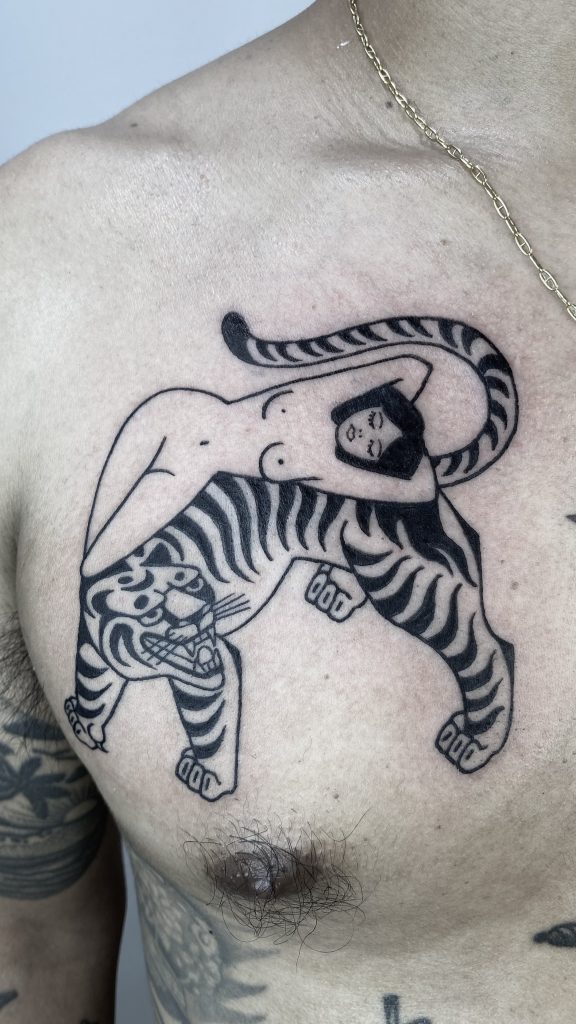
Is there any tattoo you haven’t created that you’d love to do?
I have plenty of ideas, but my time is limited when it comes to bringing them to life. I remind myself to be patient and to take things one step at a time. In the future, I’d like to incorporate some colour into my tattoos, but for now, I’m enjoying working with just black and occasionally adding a bit of grey.
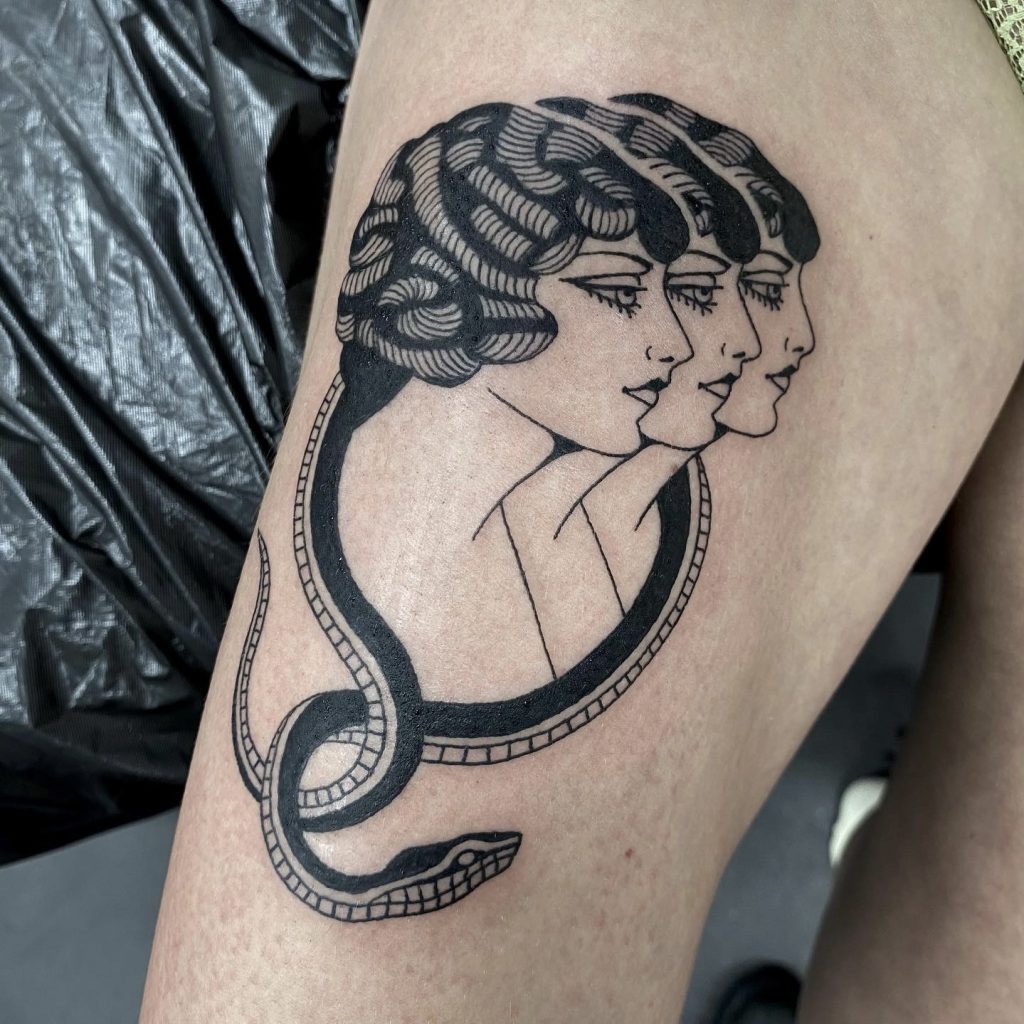
You’ve got to follow Circe on Instagram for more tattoos and to book yours next one!
We’re always talking to amazing tattoo artists, check out our latest interviews.
